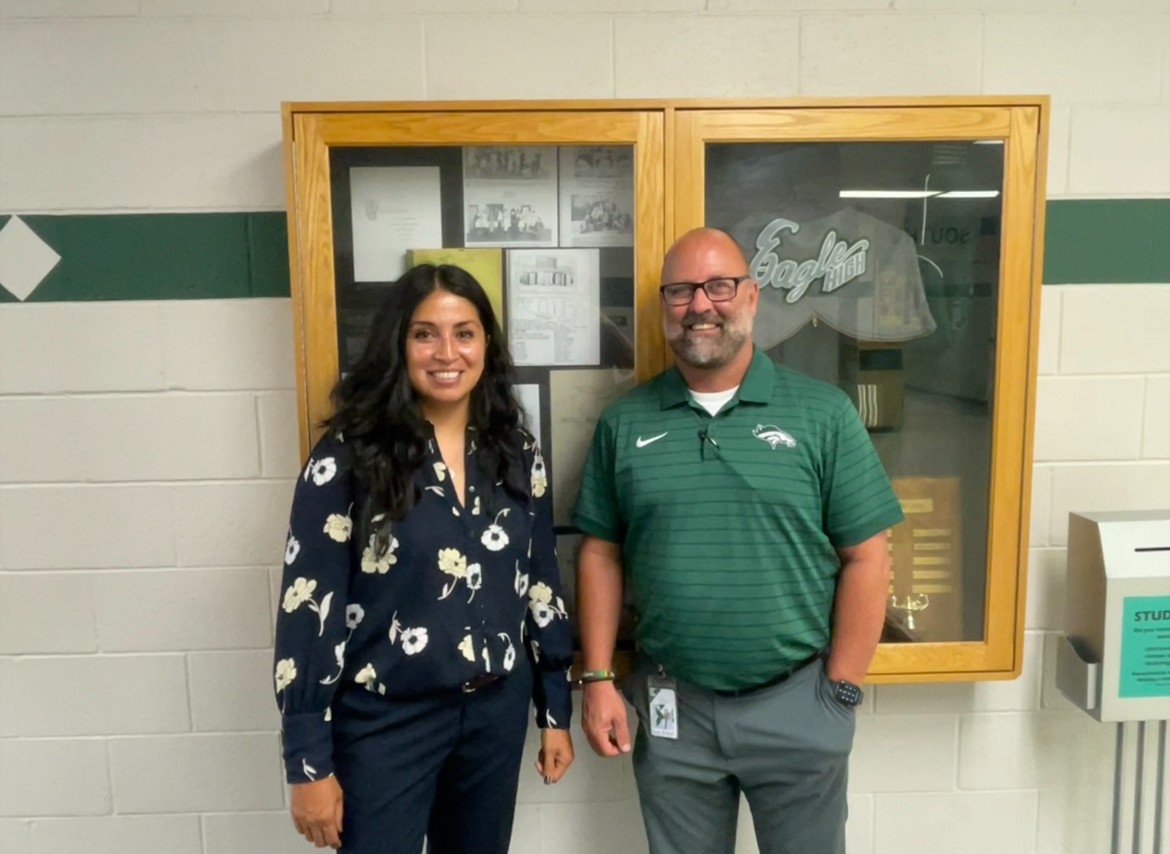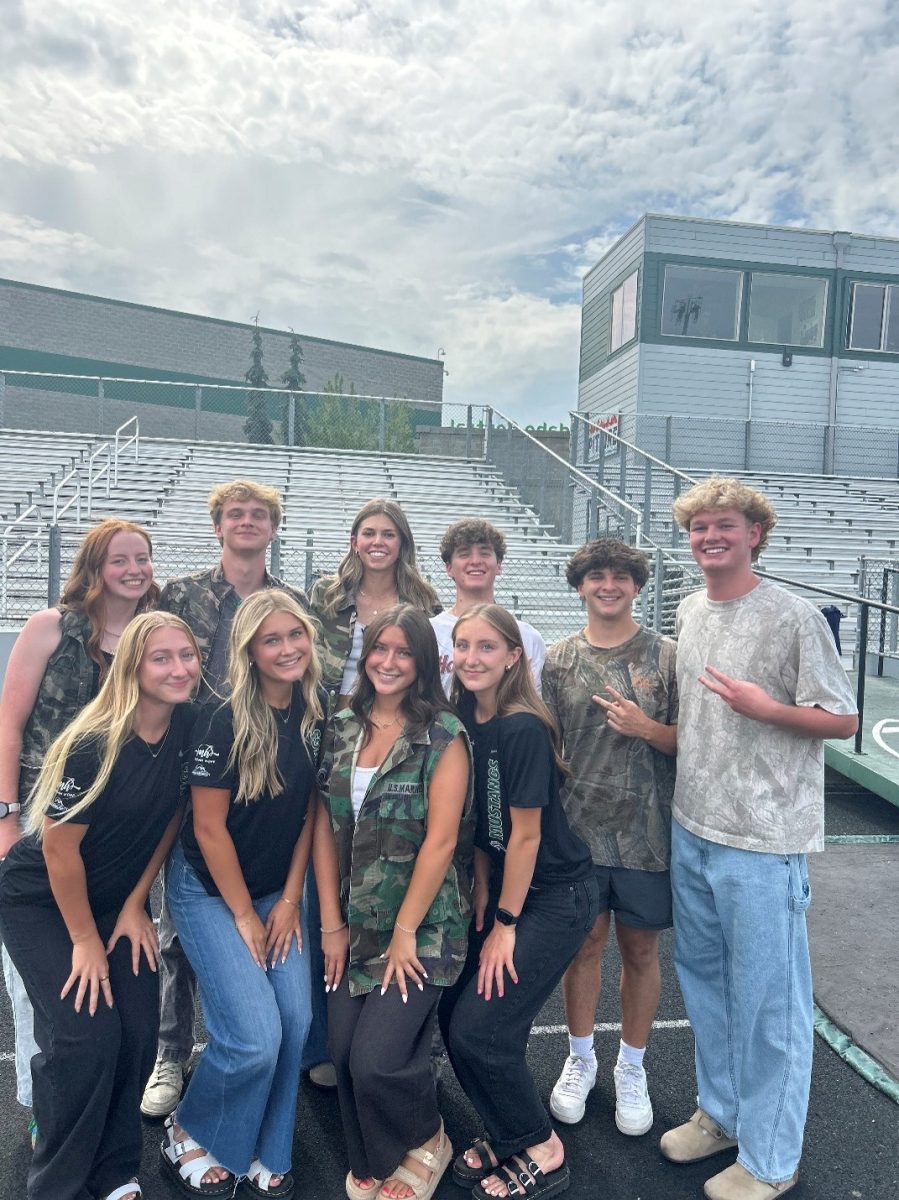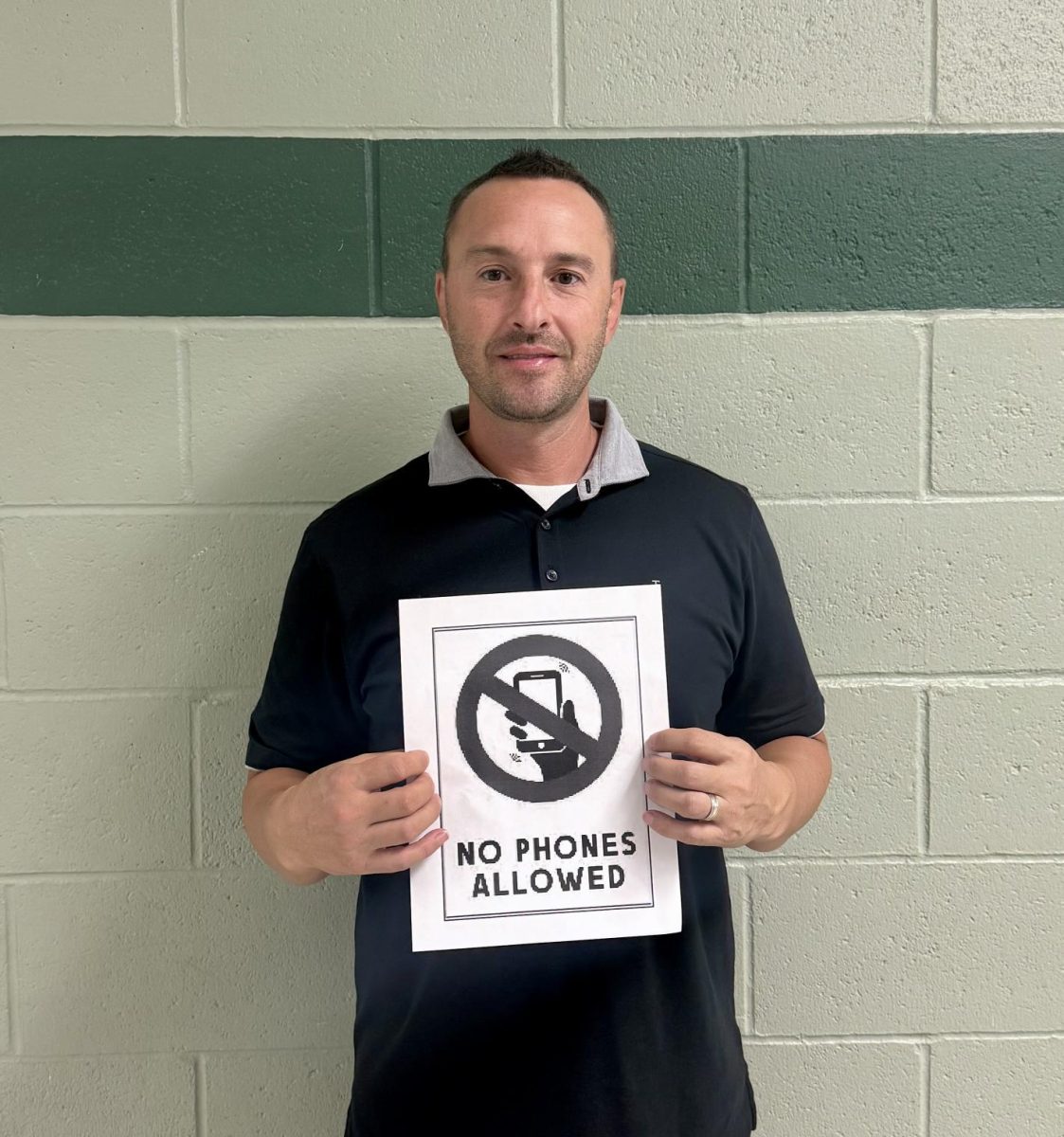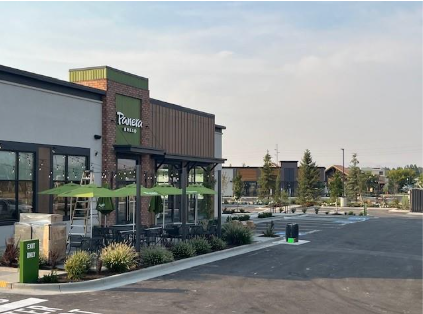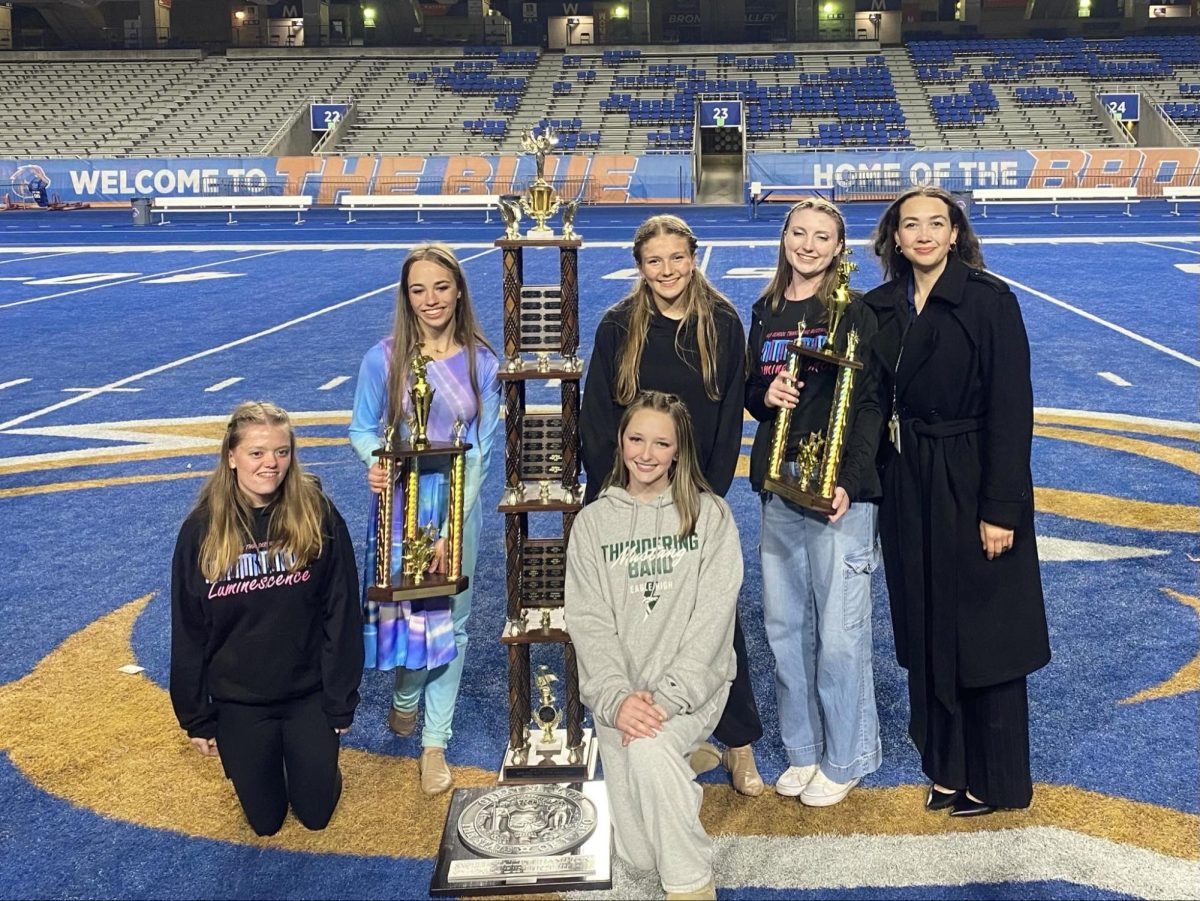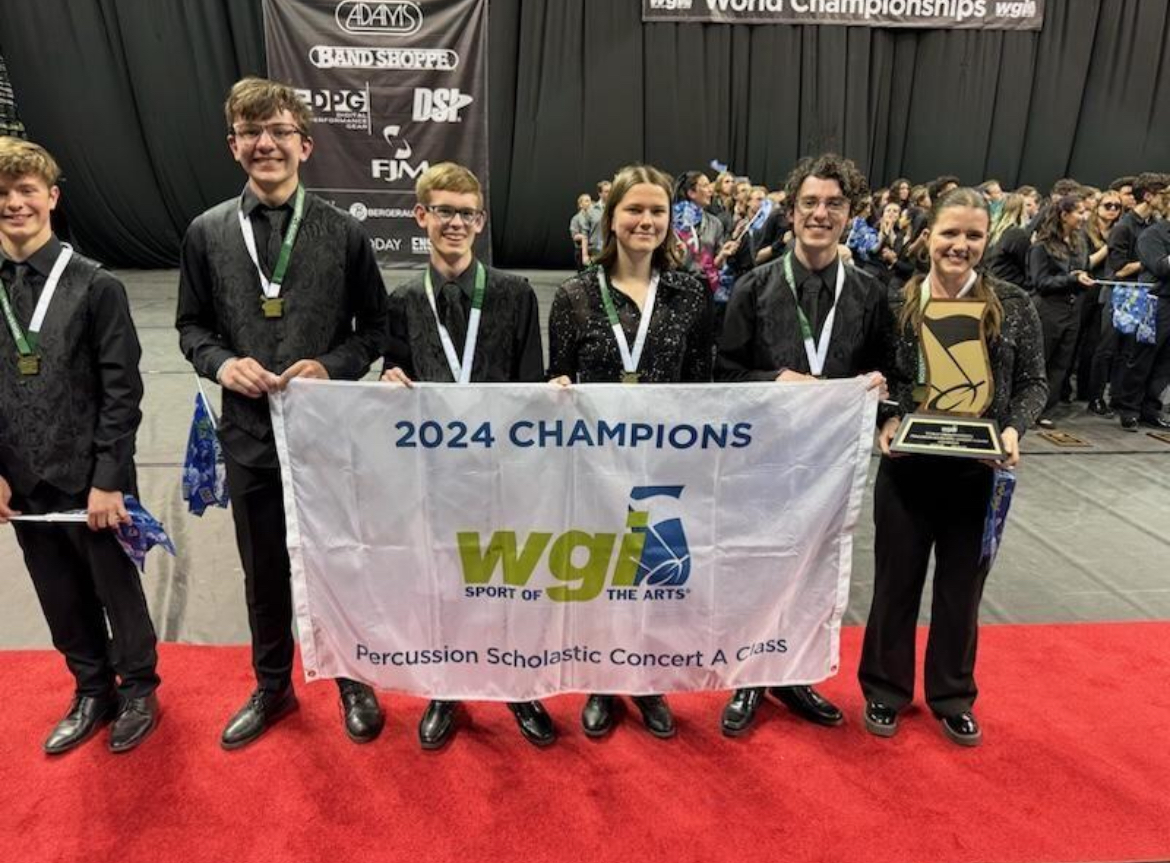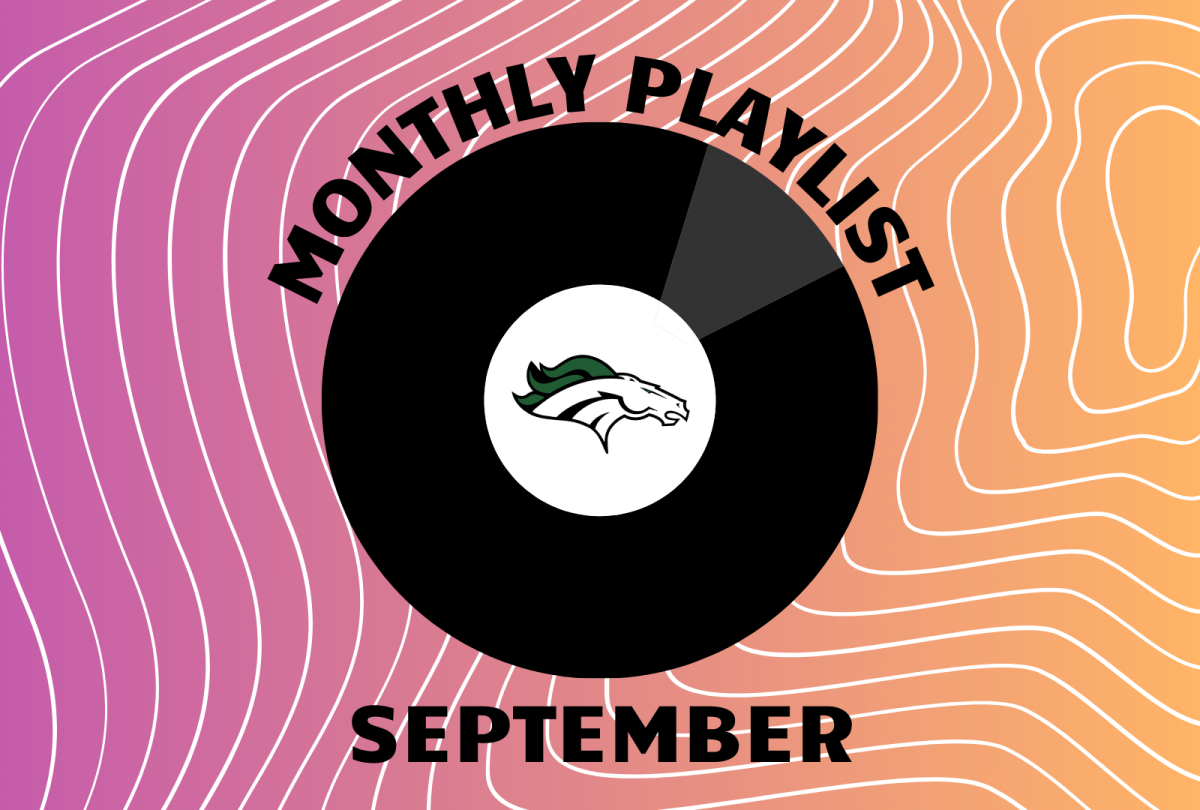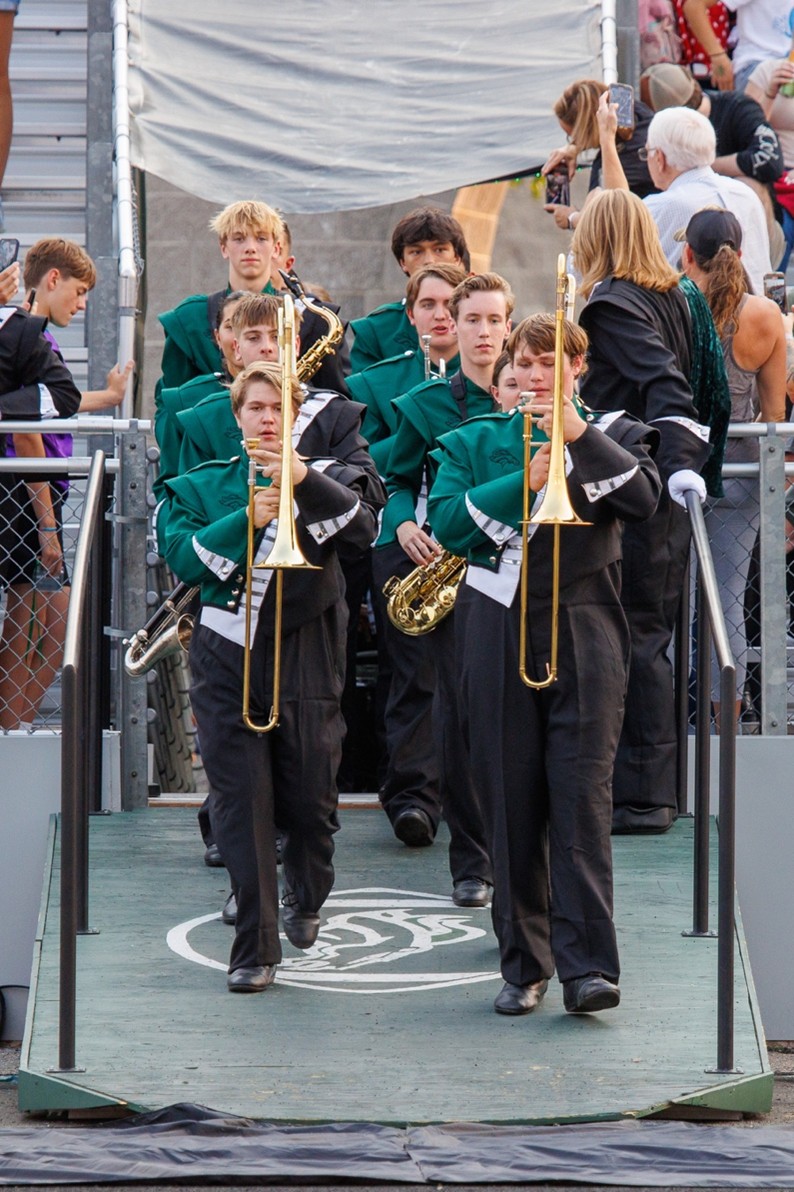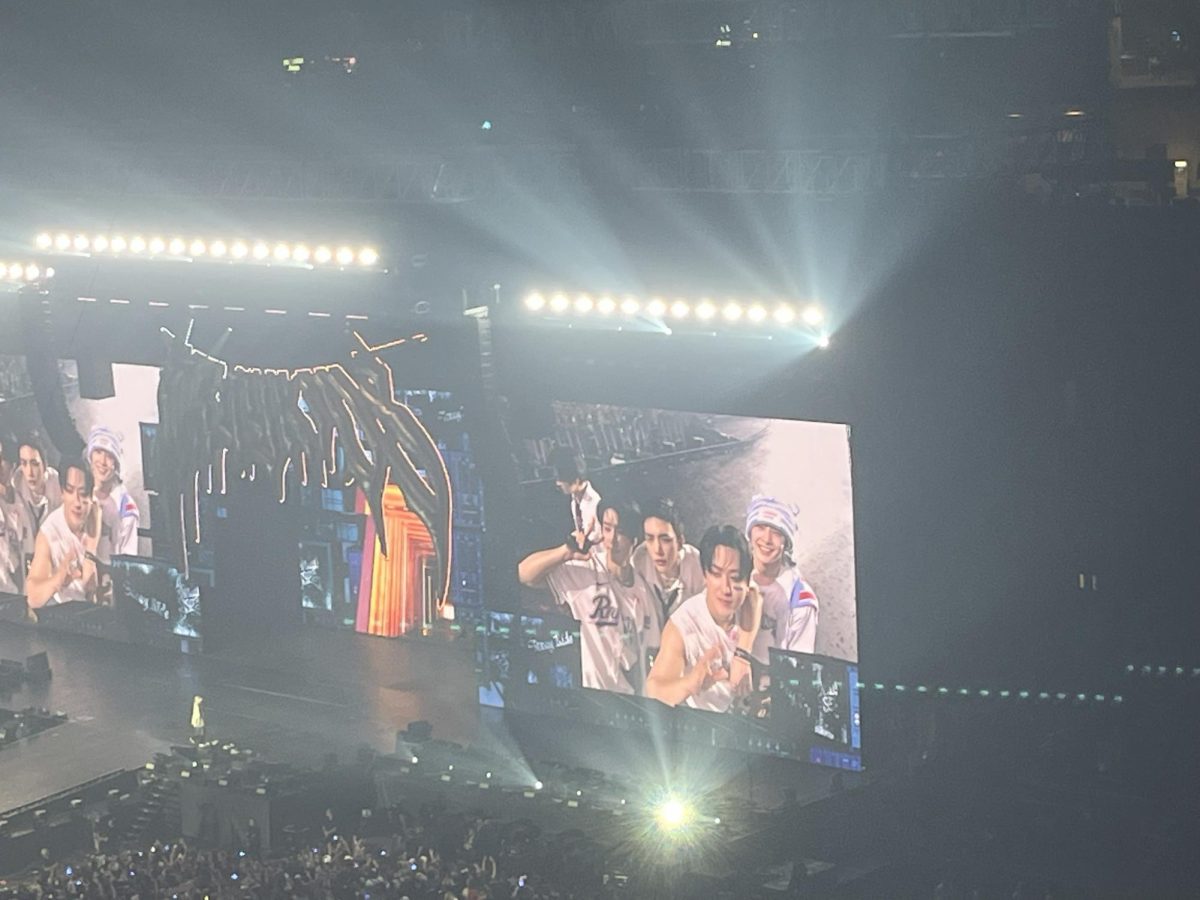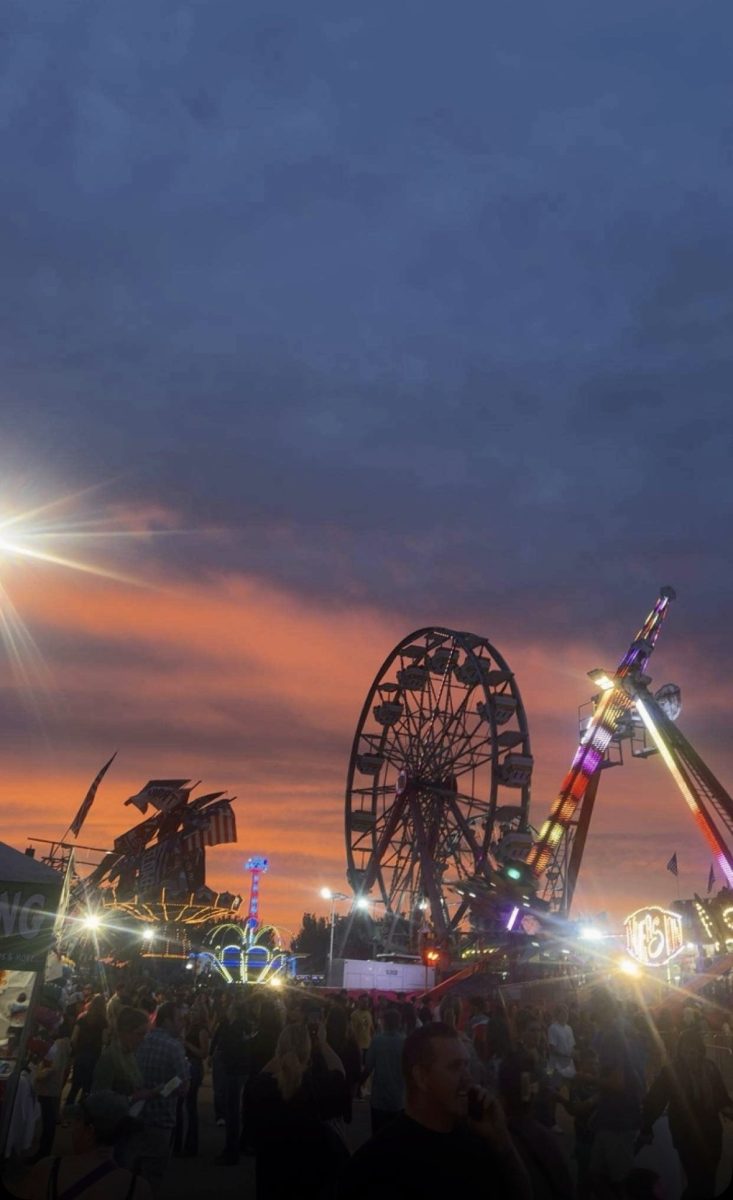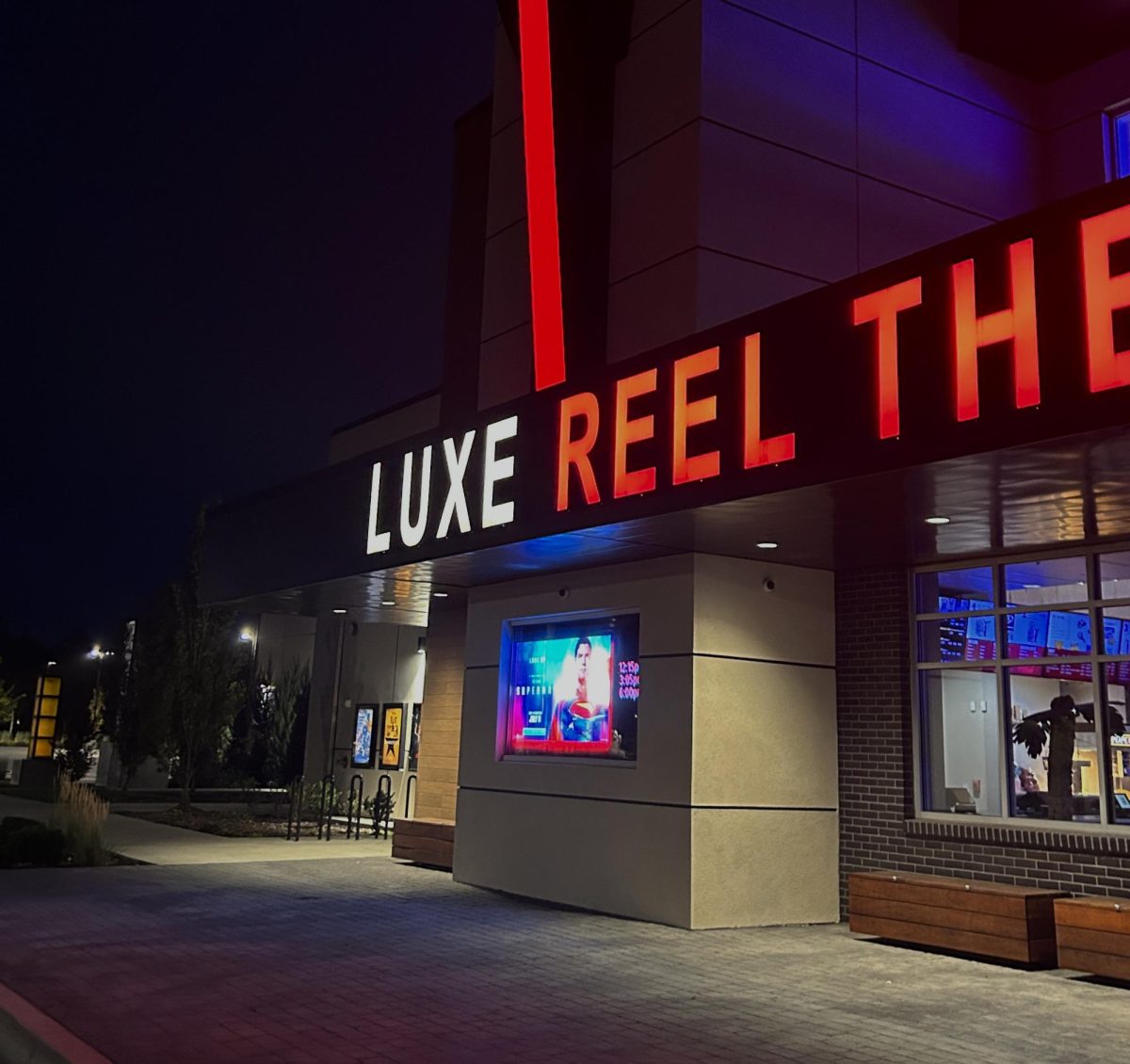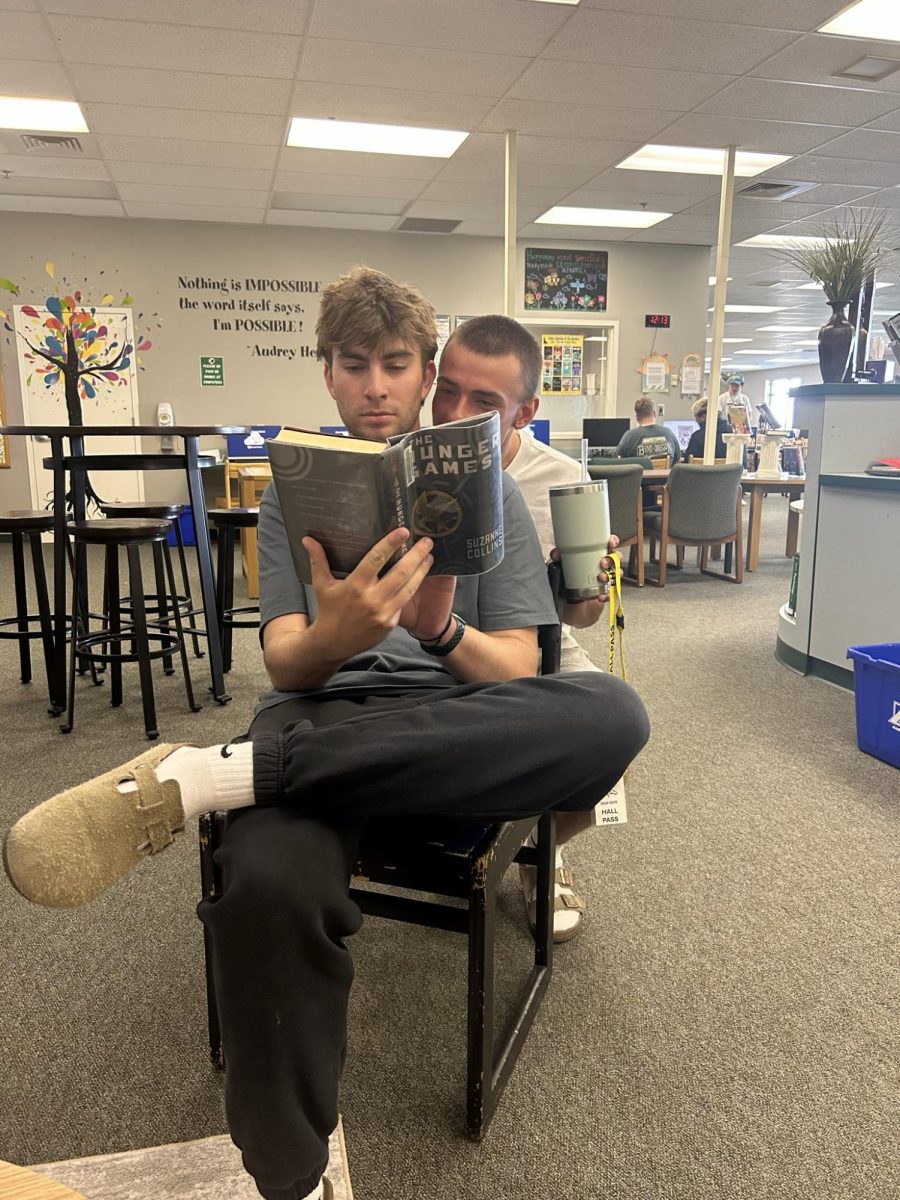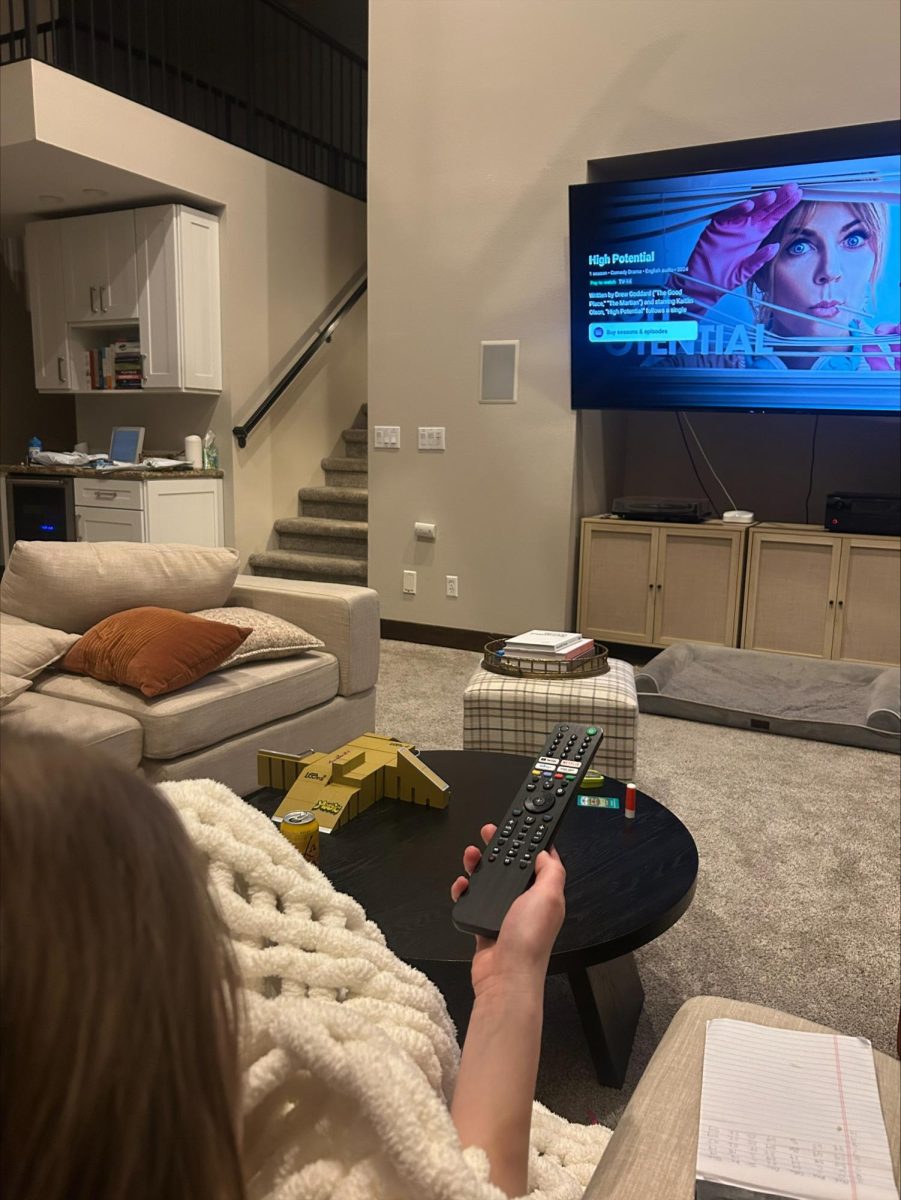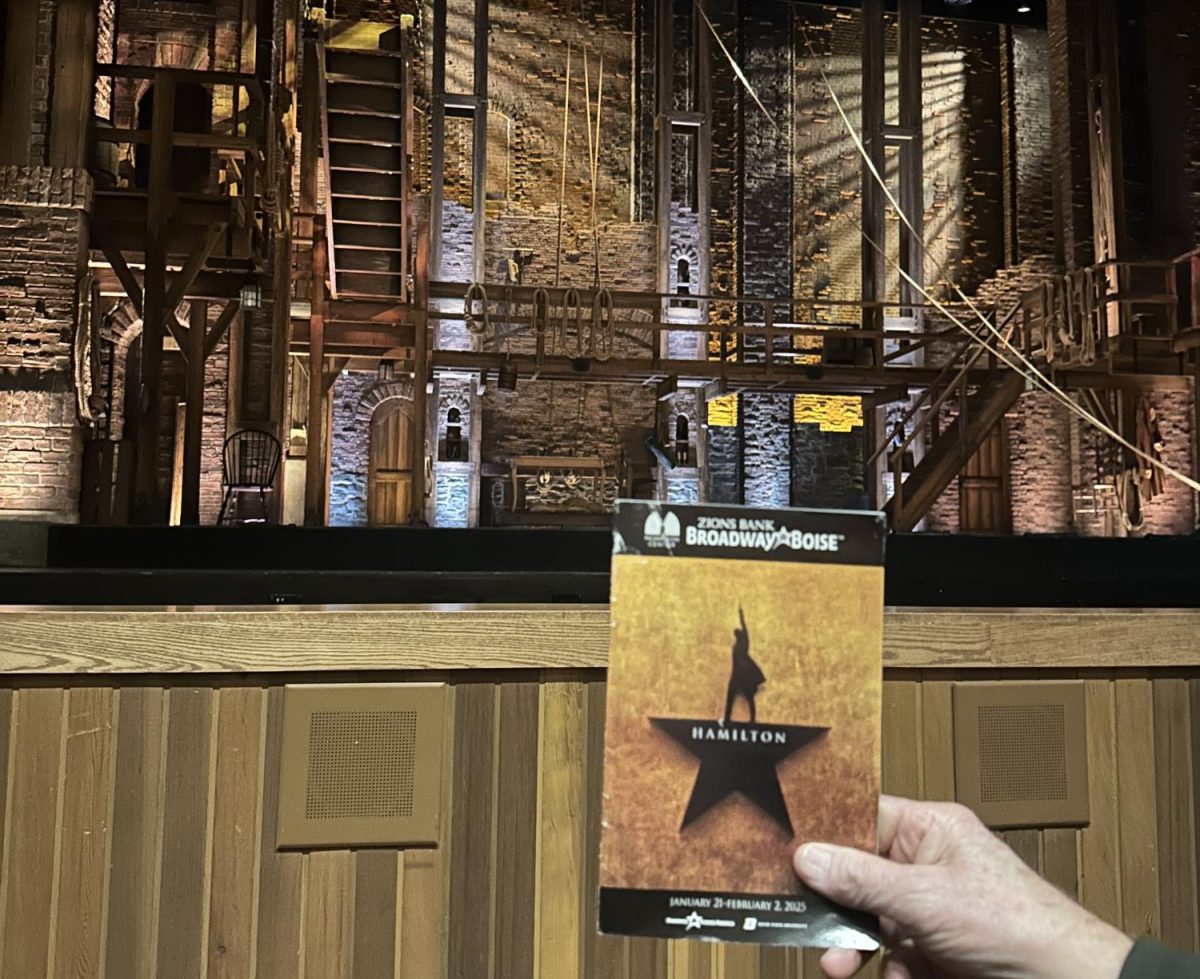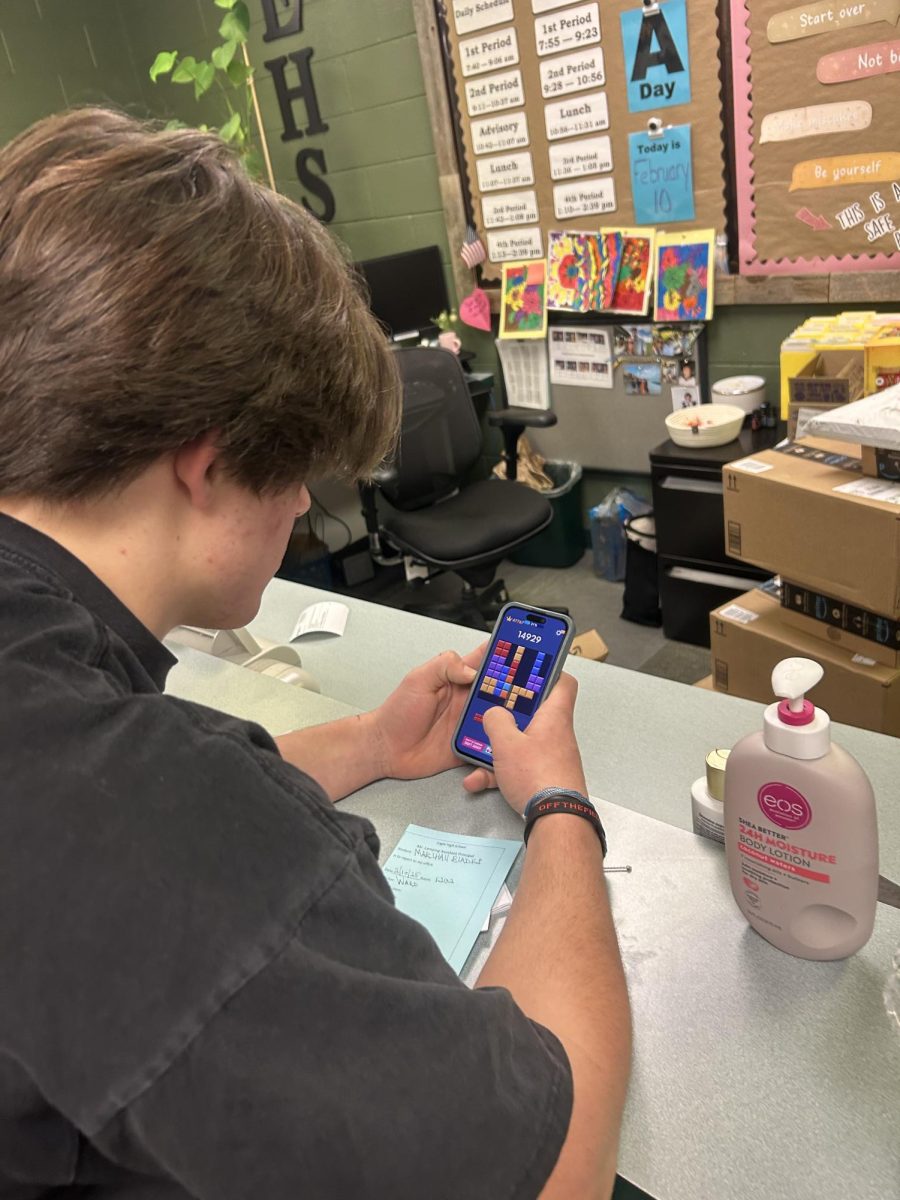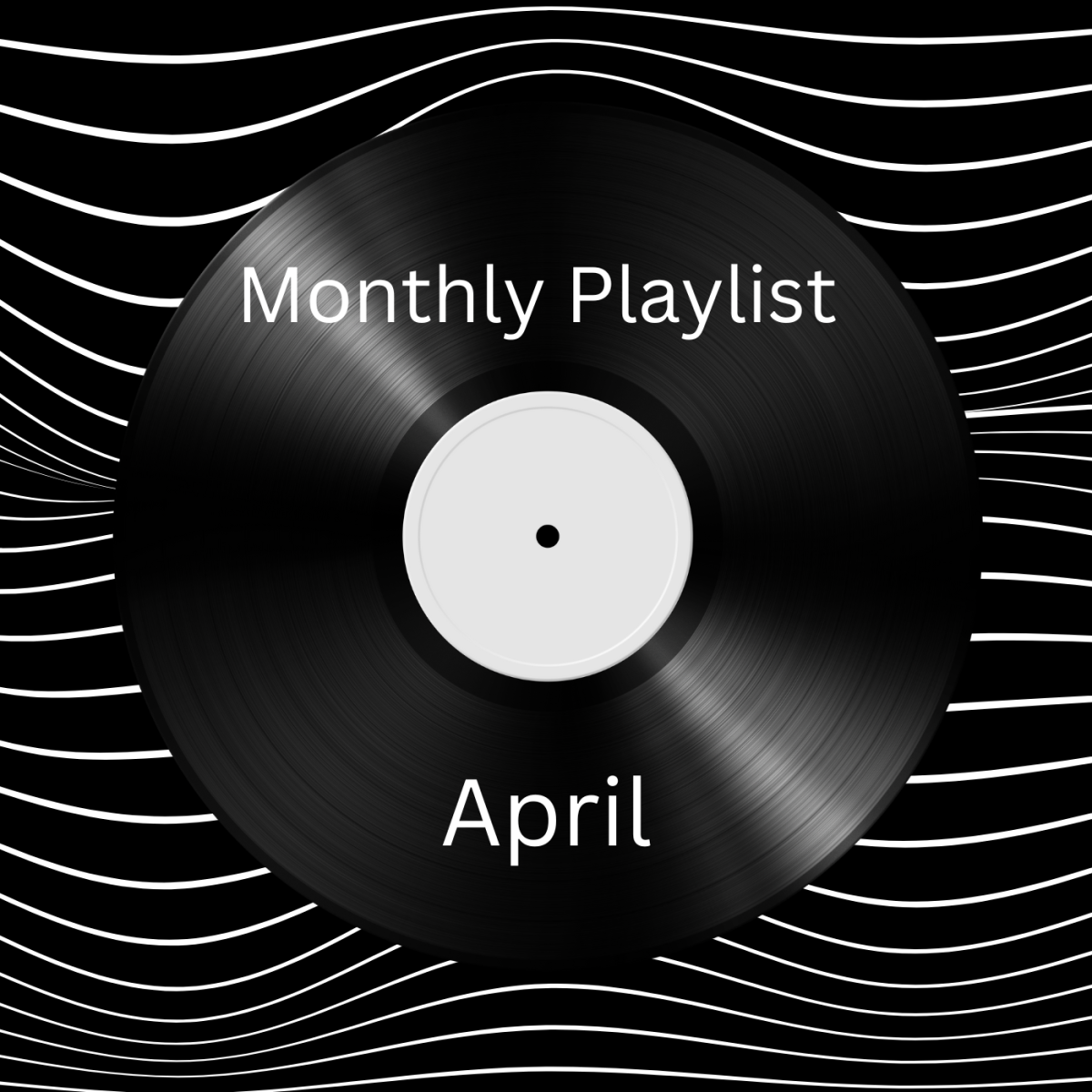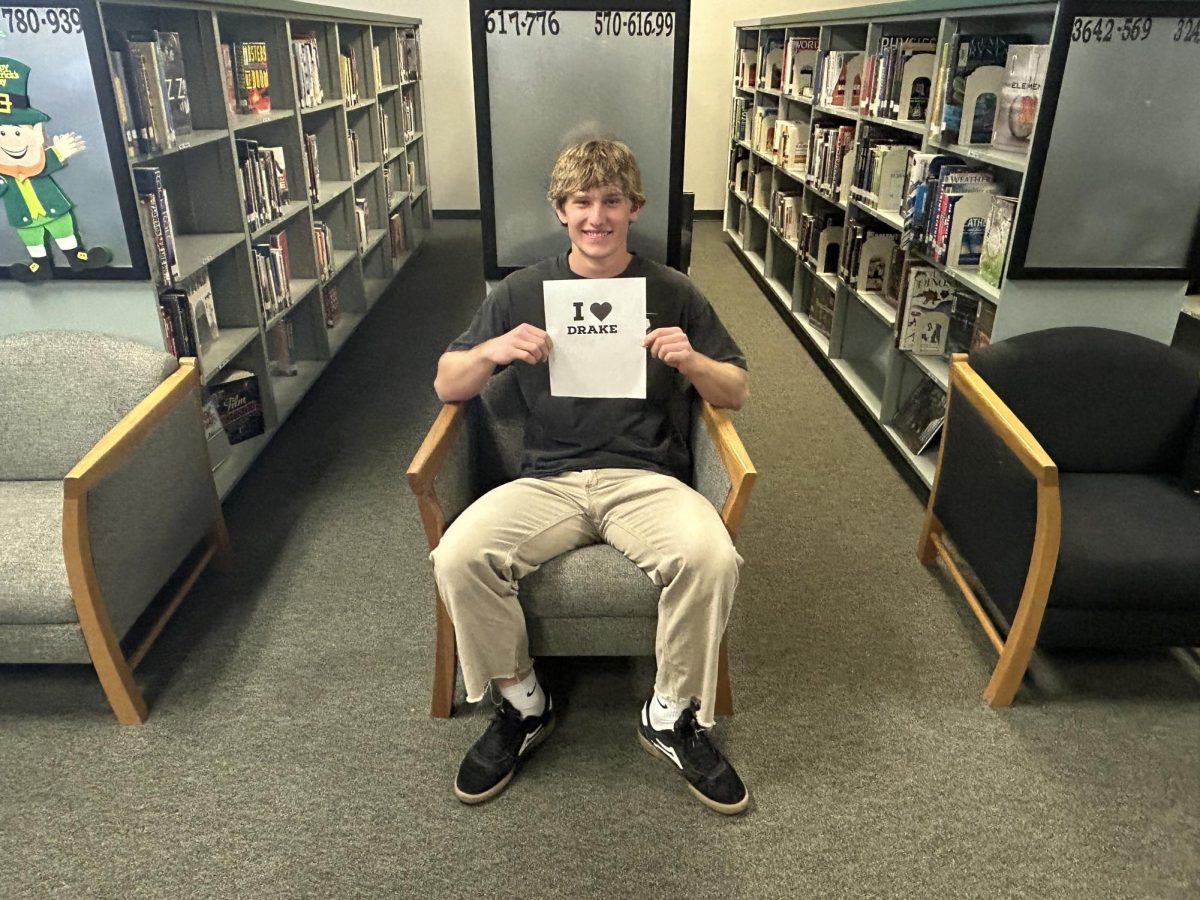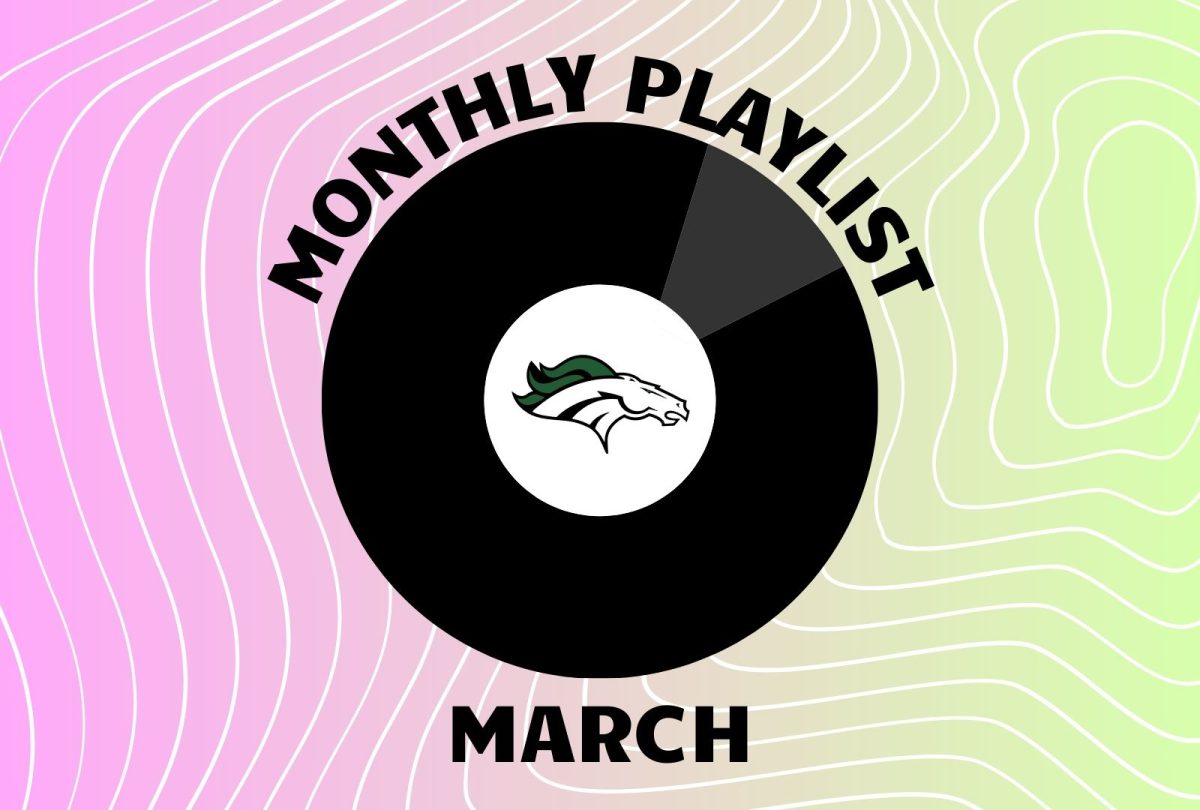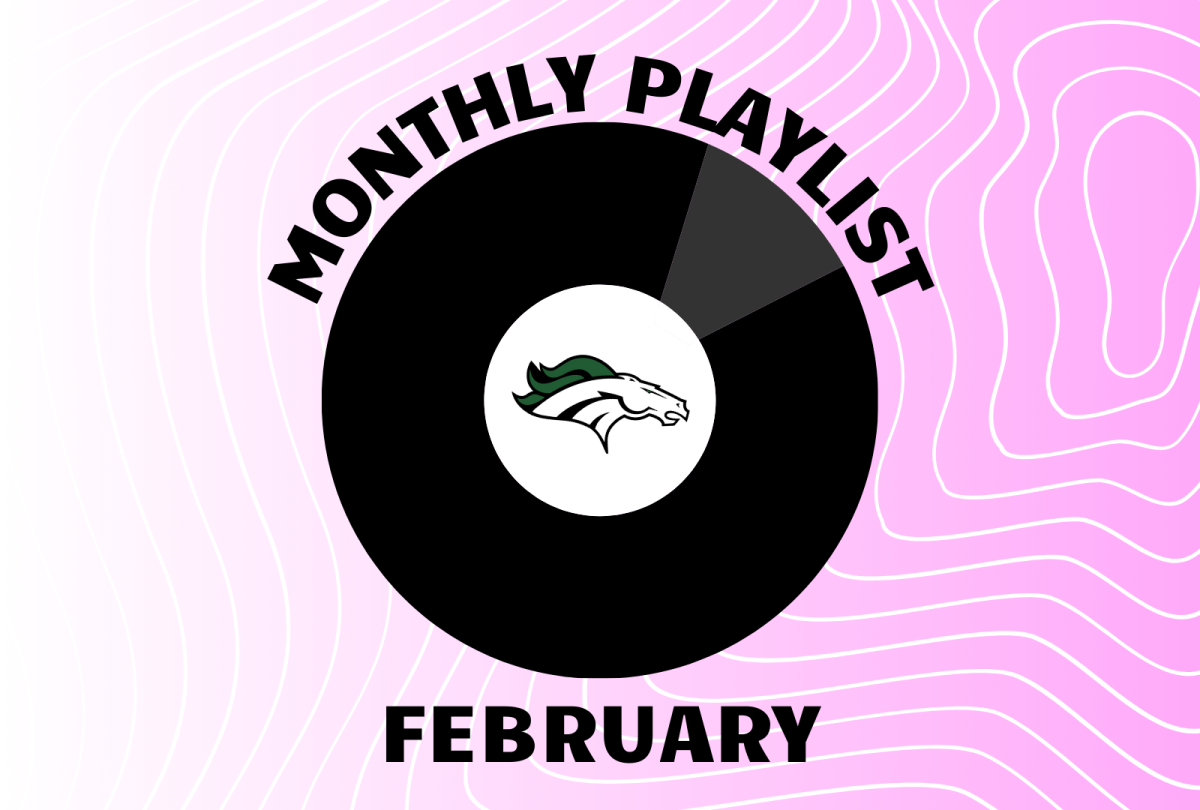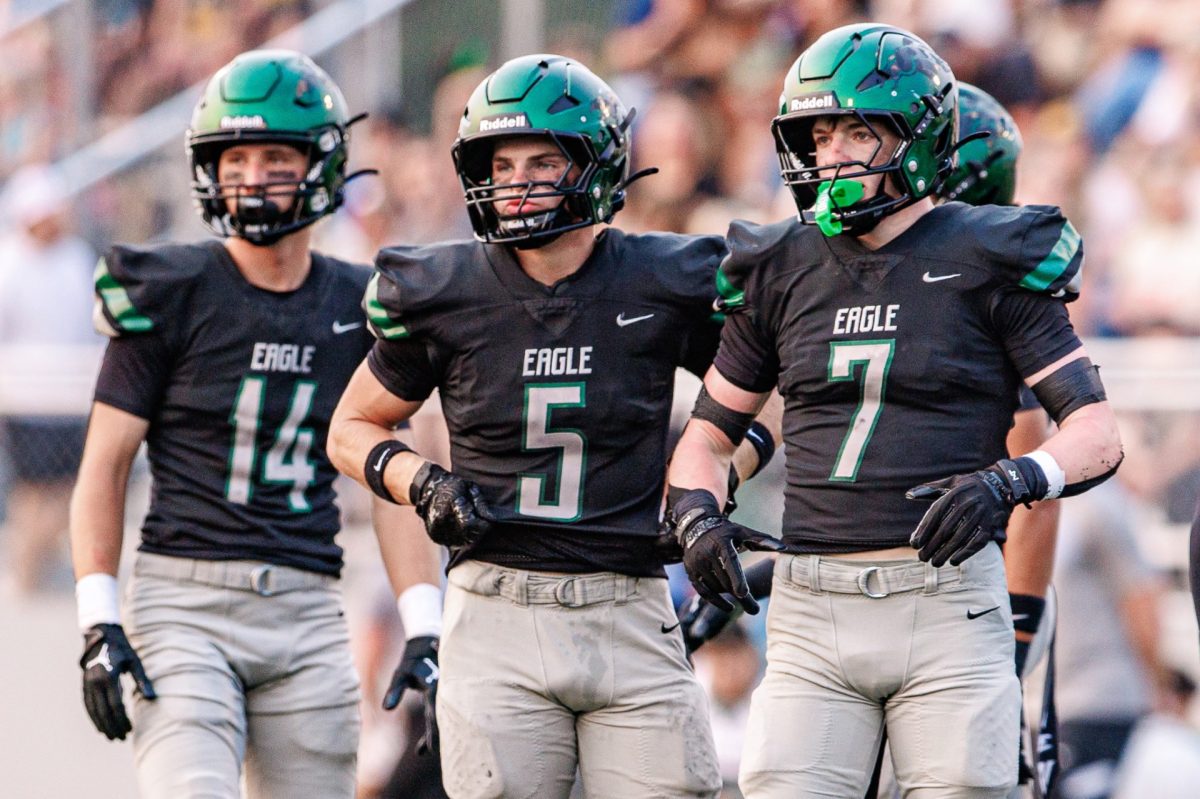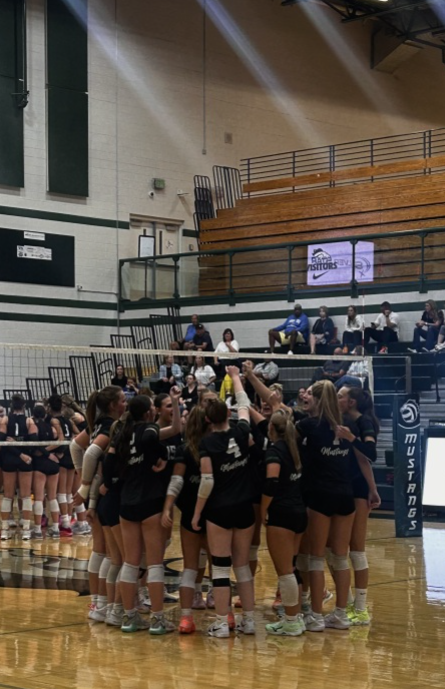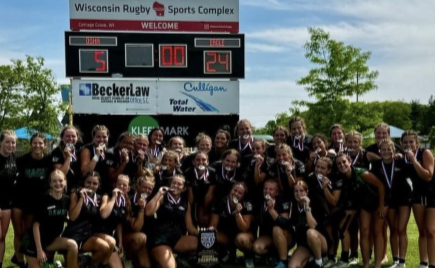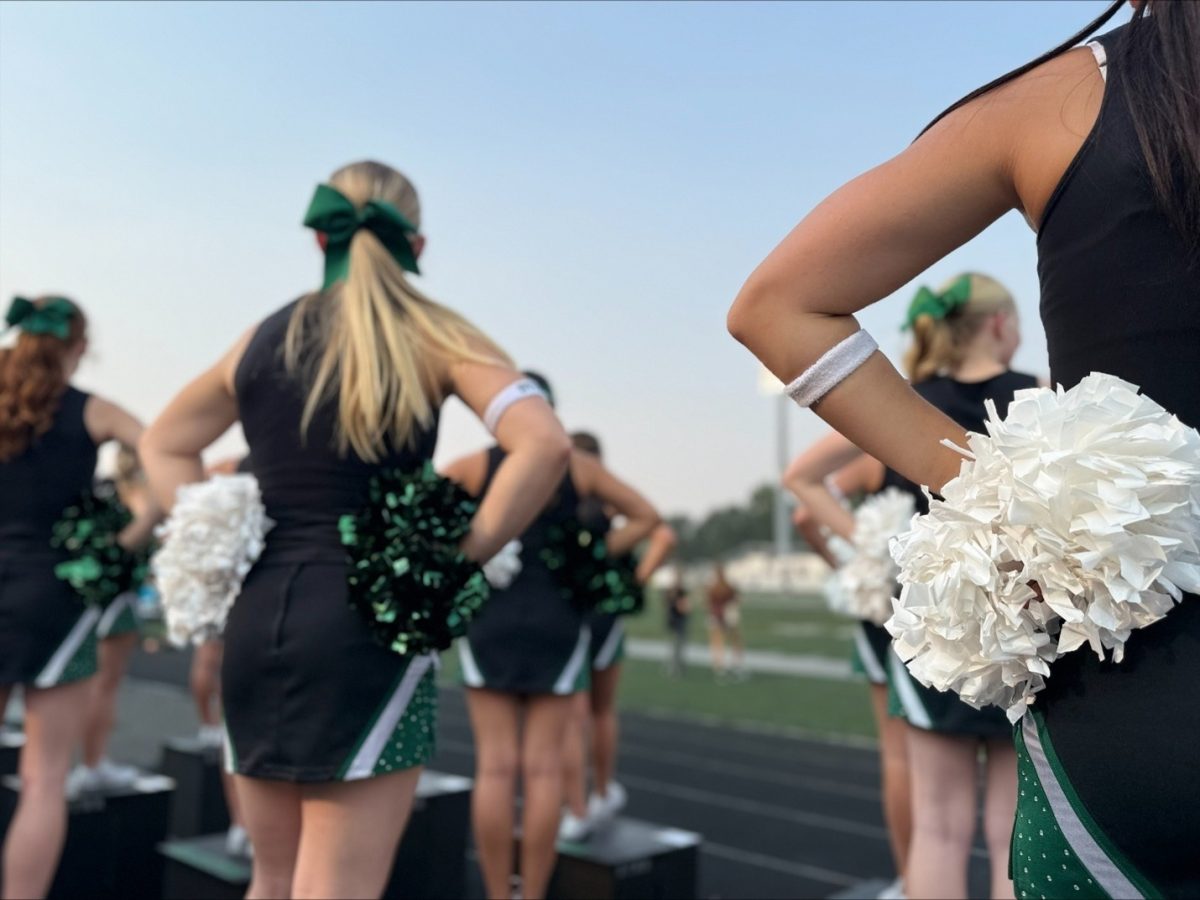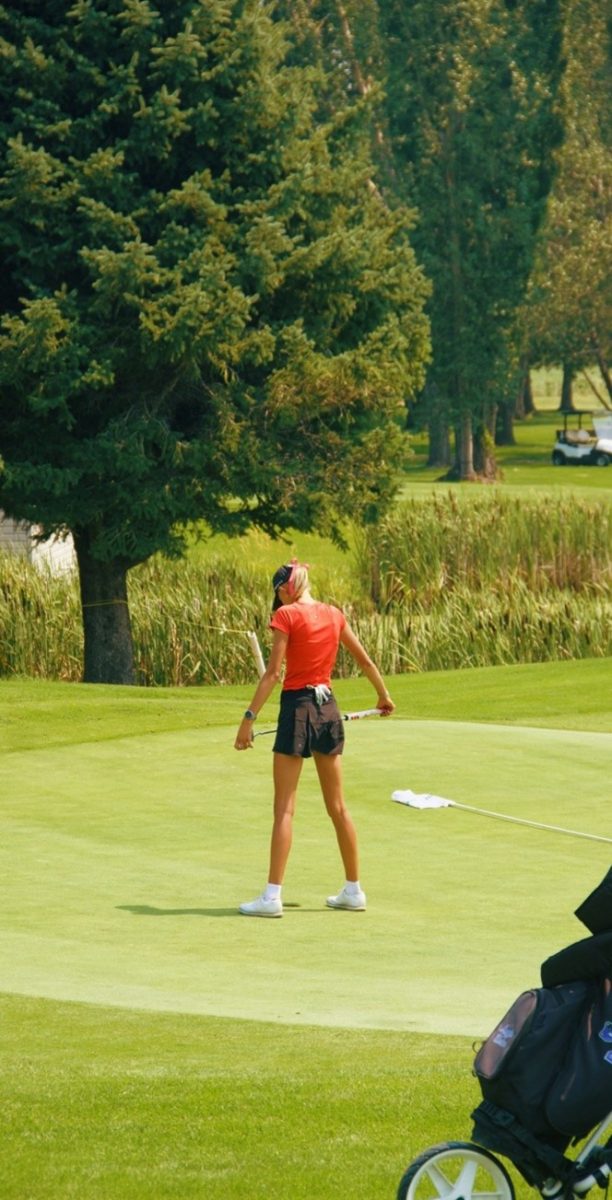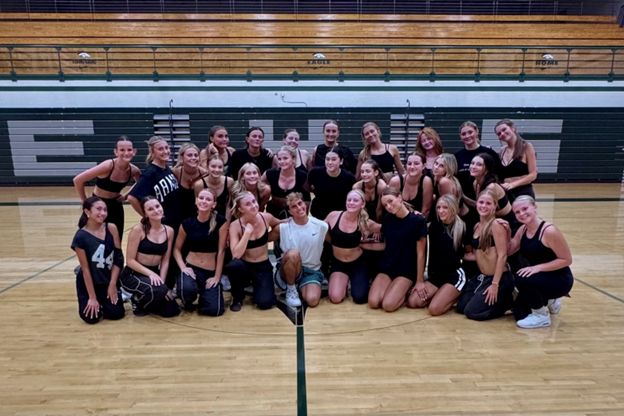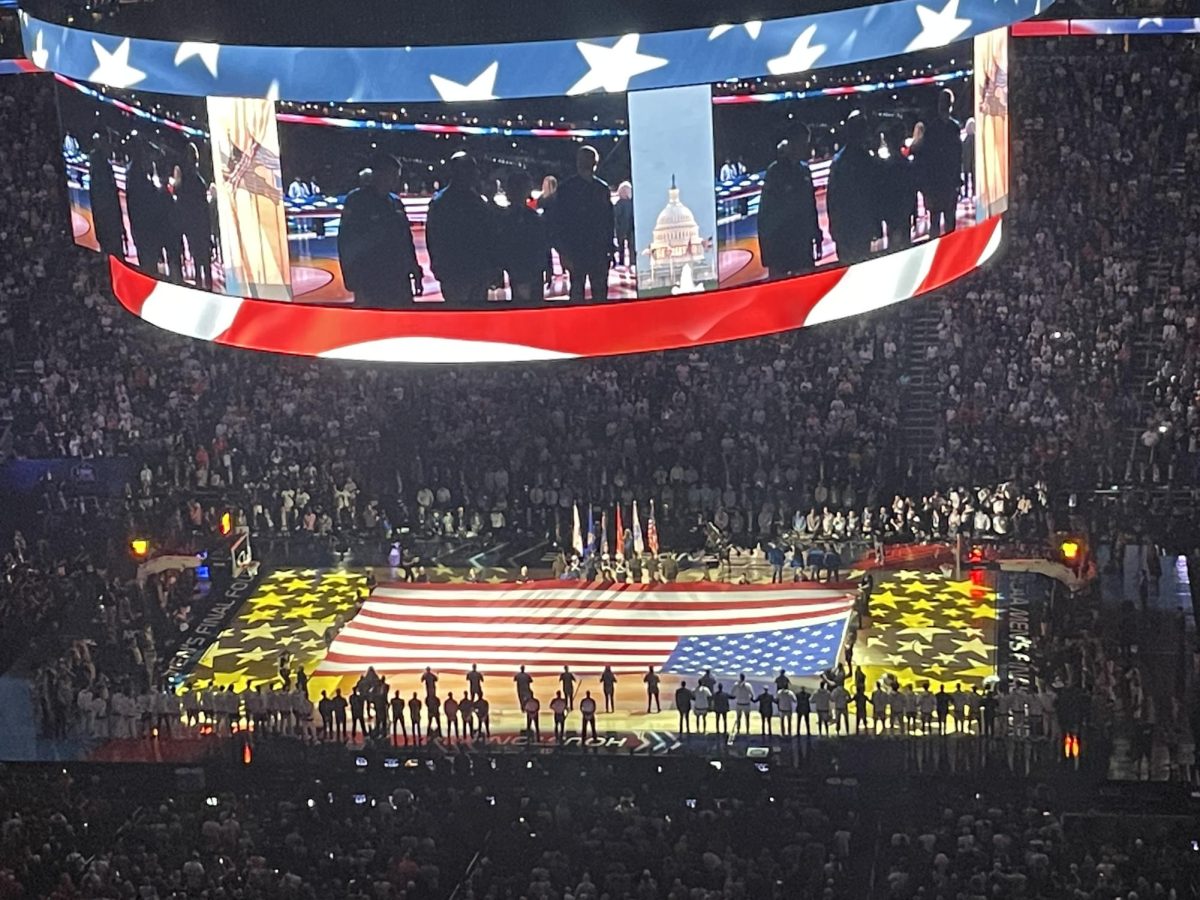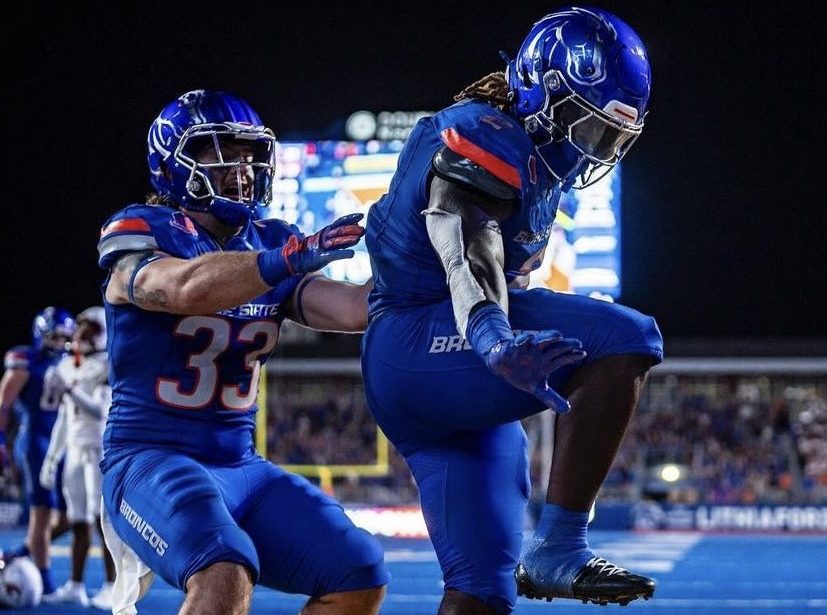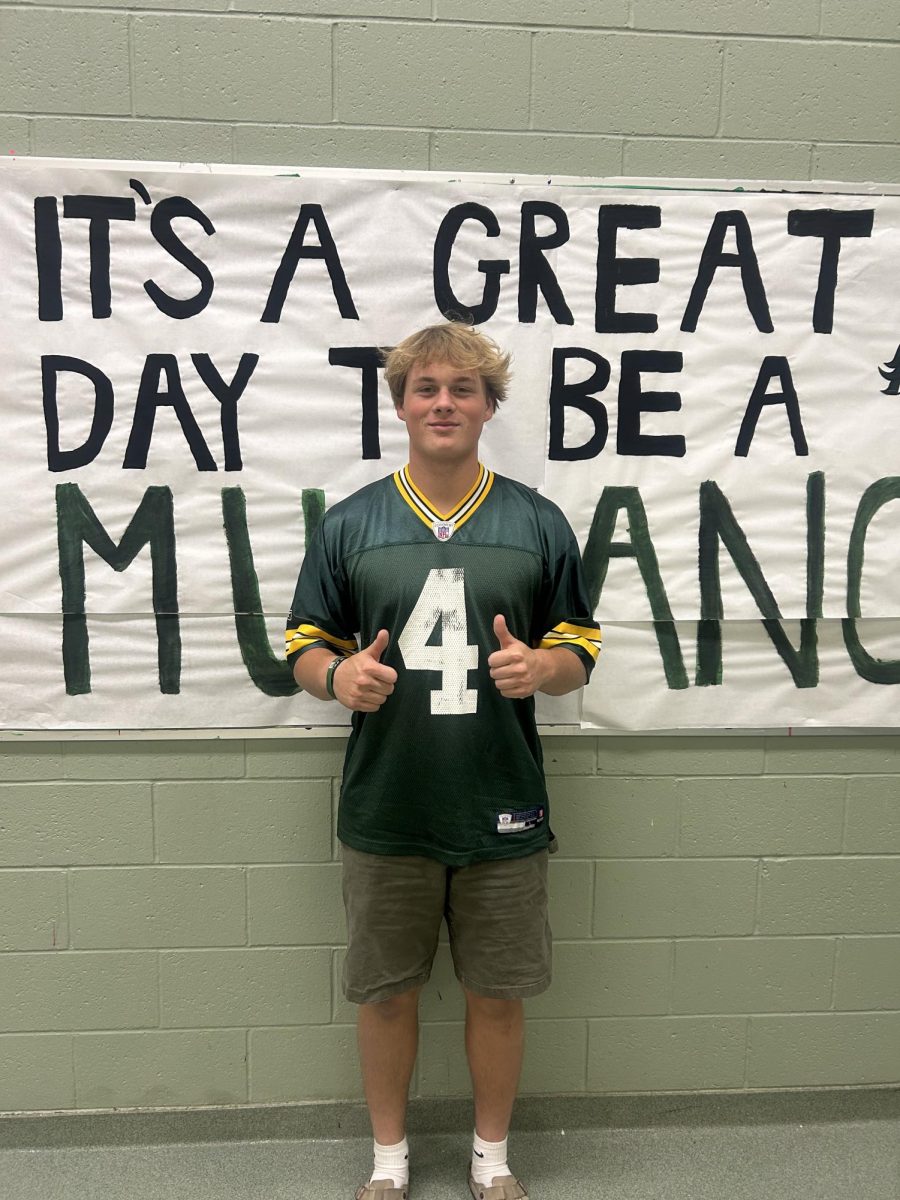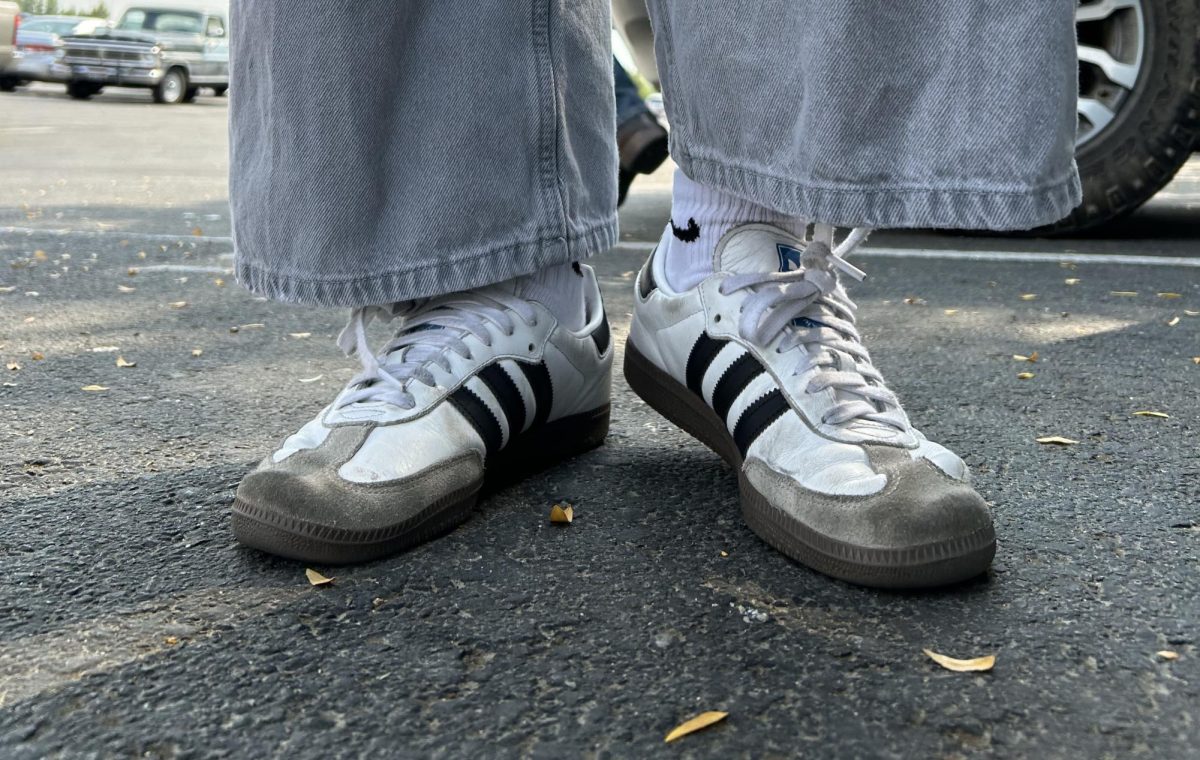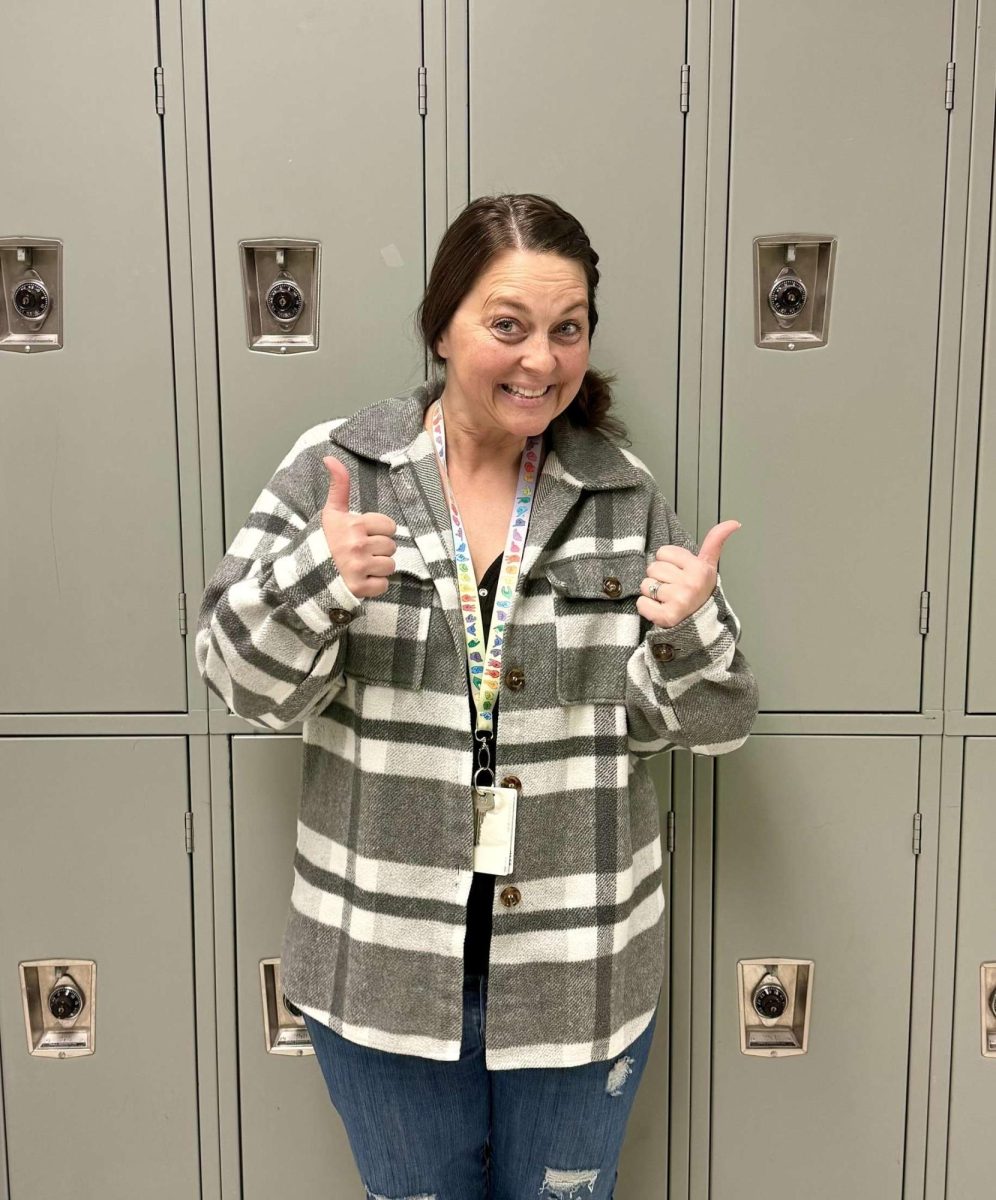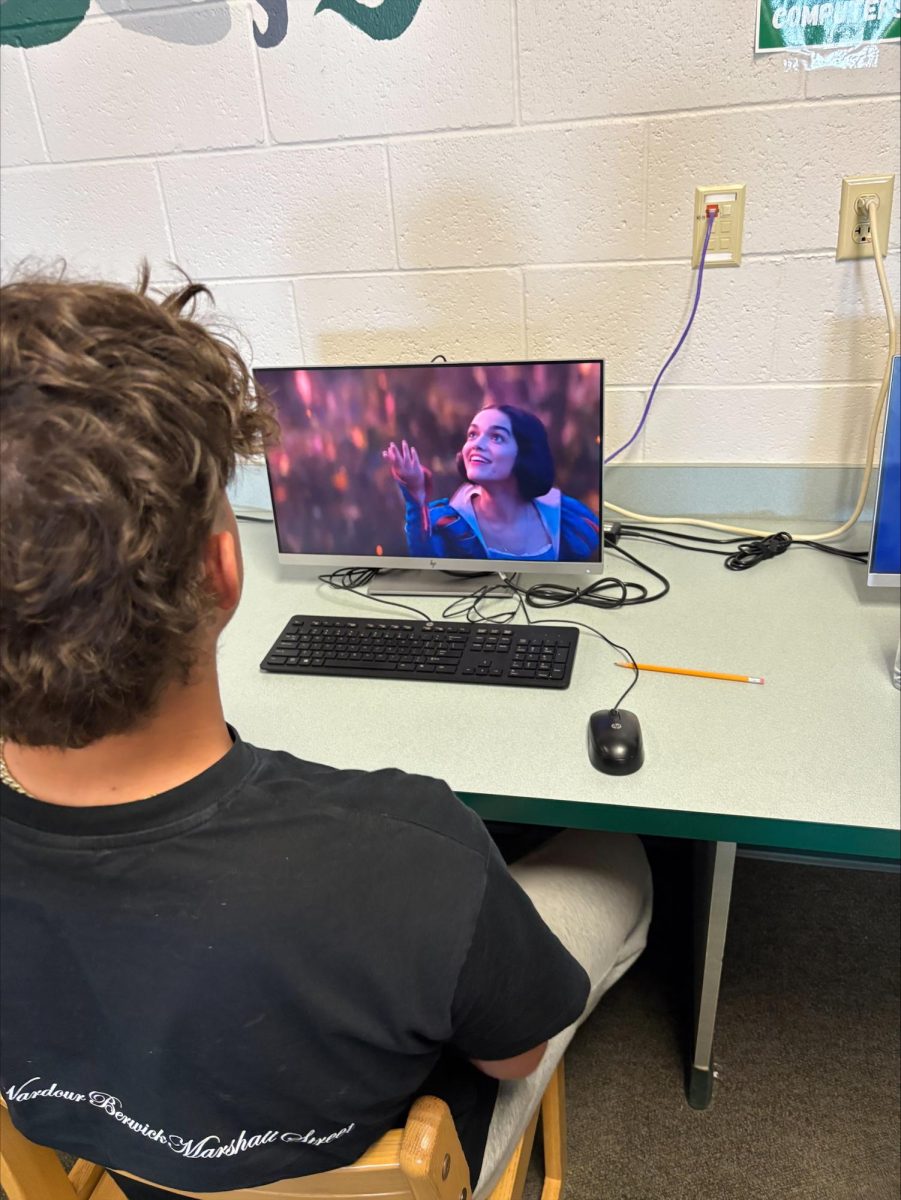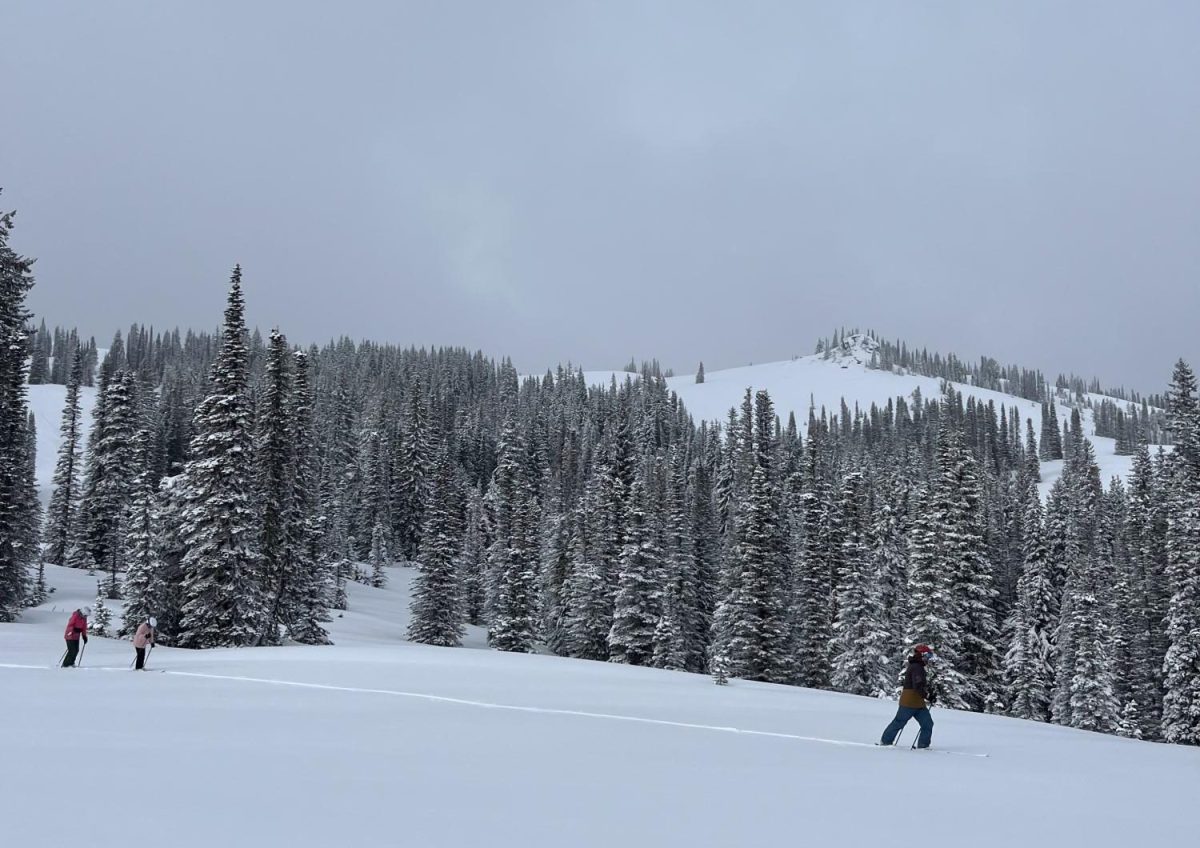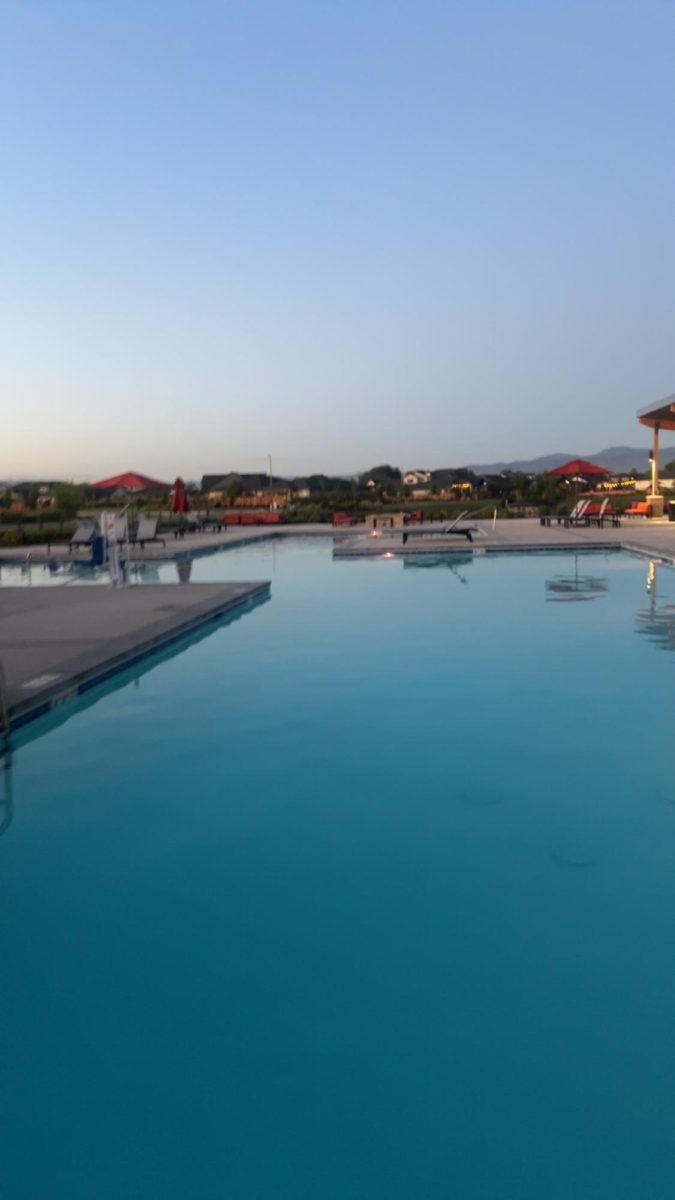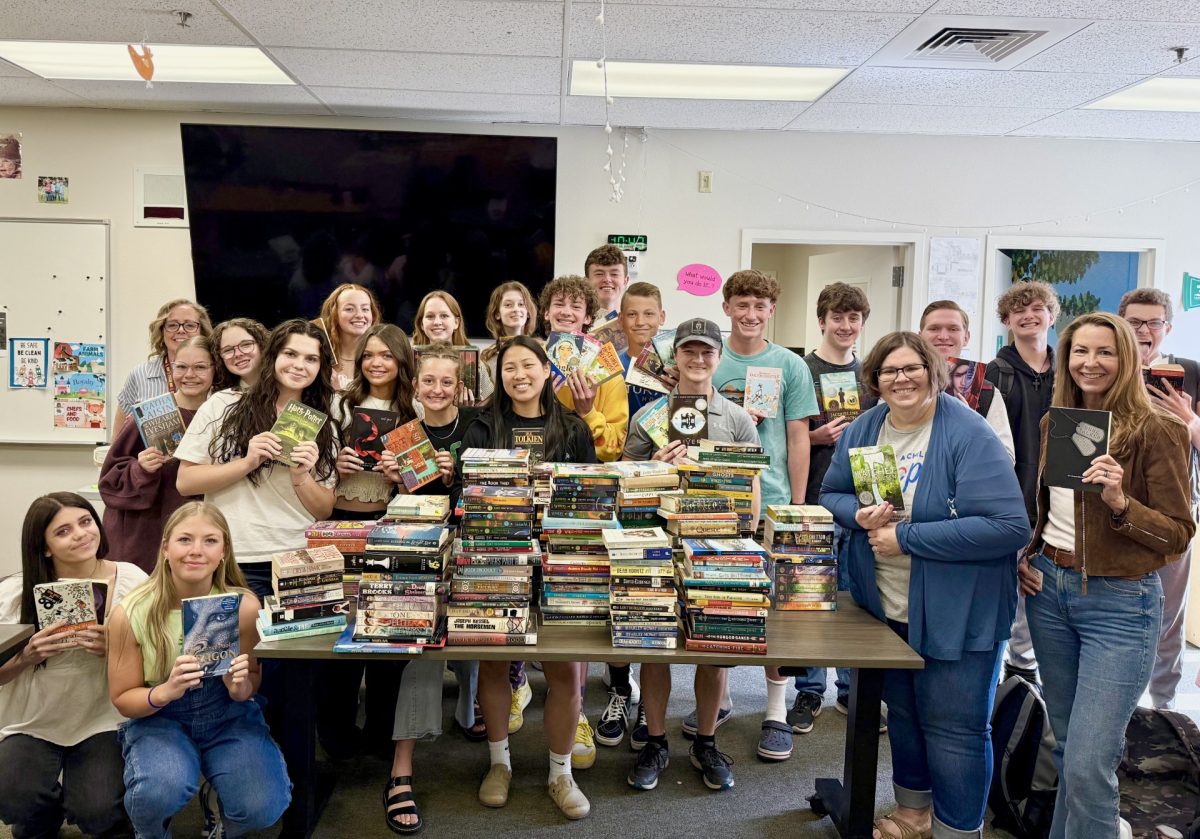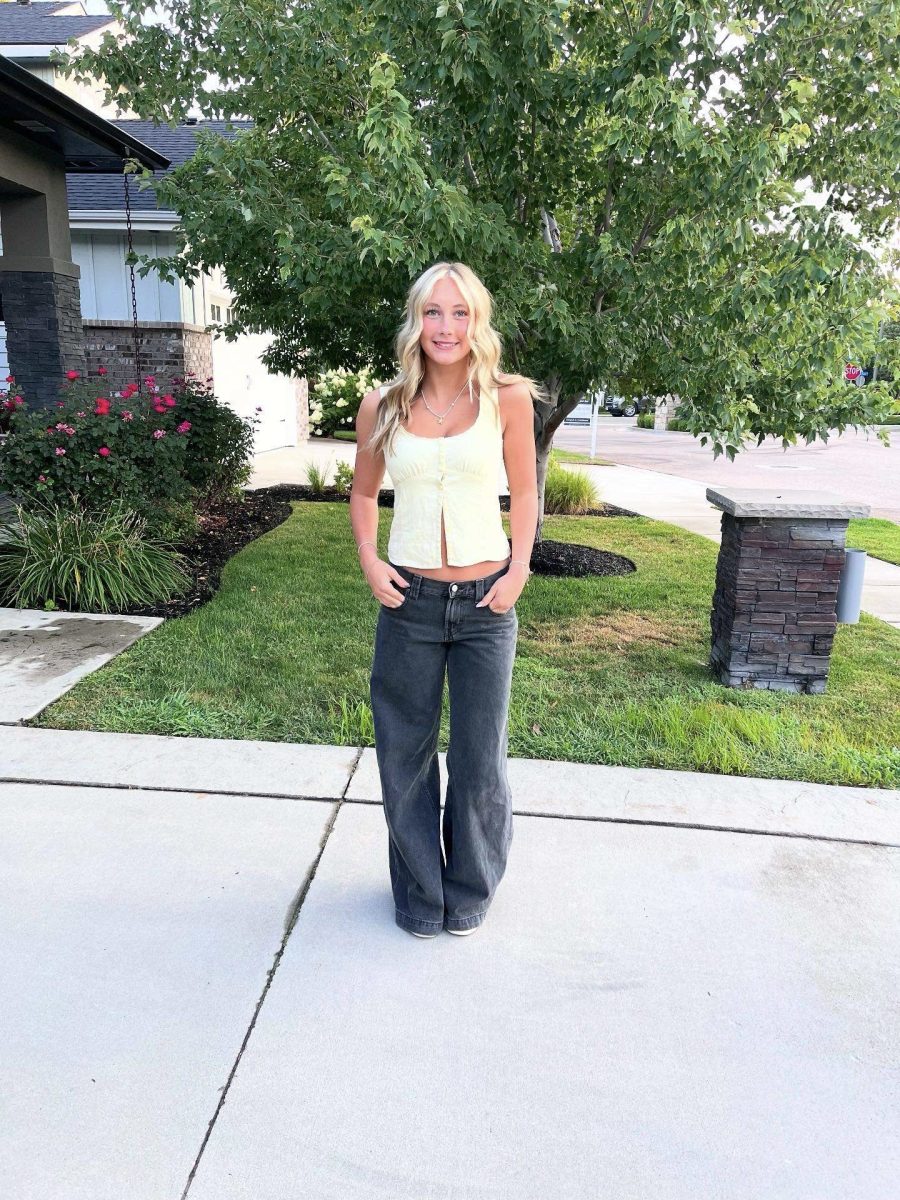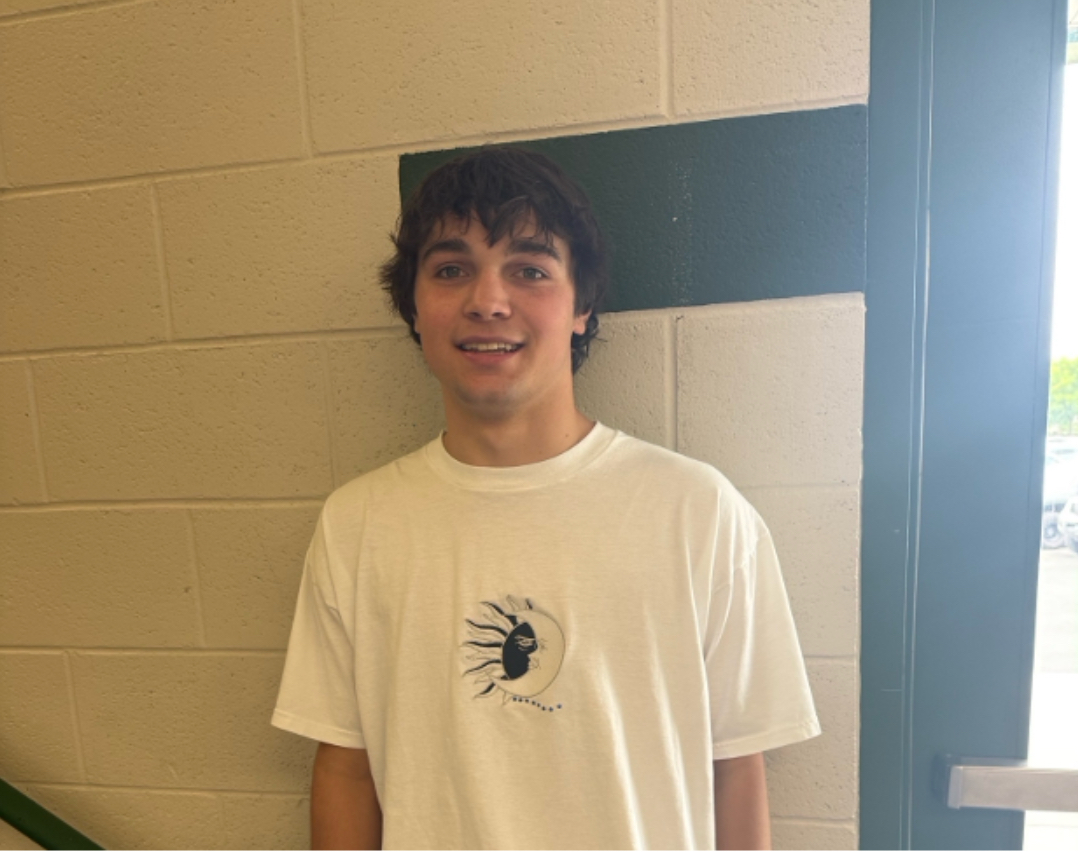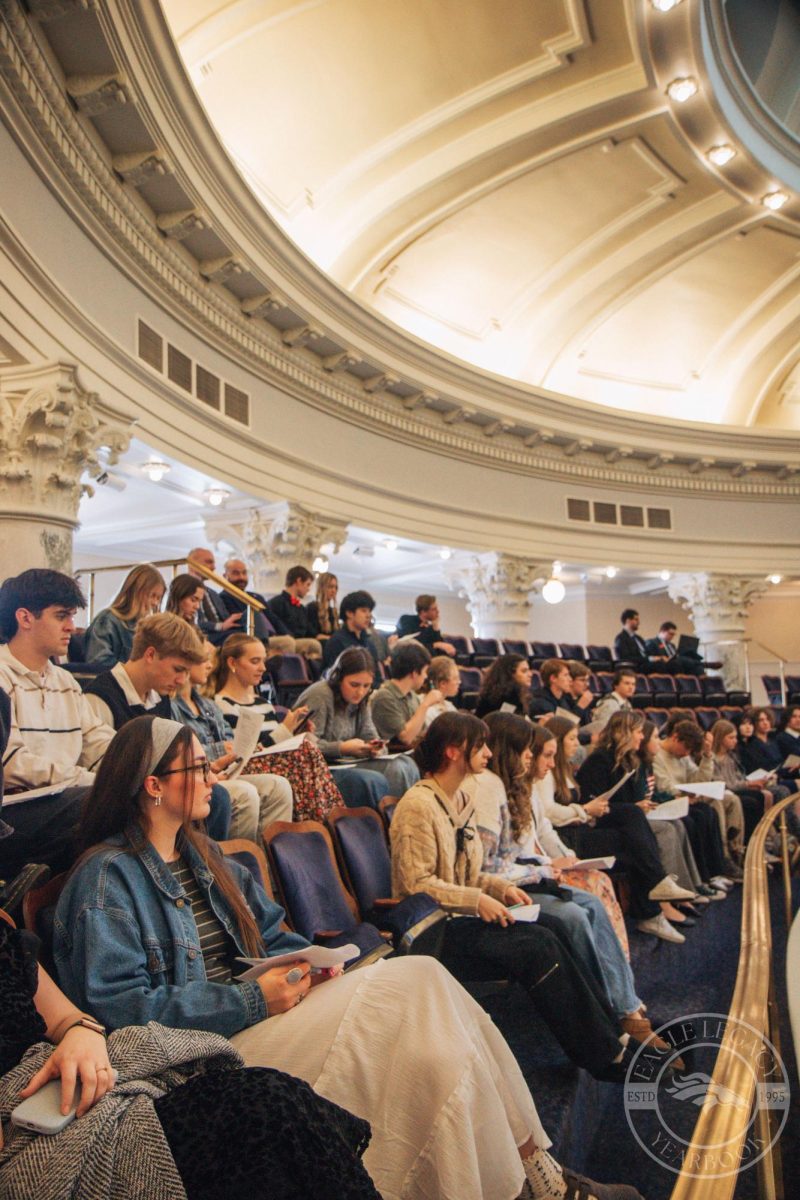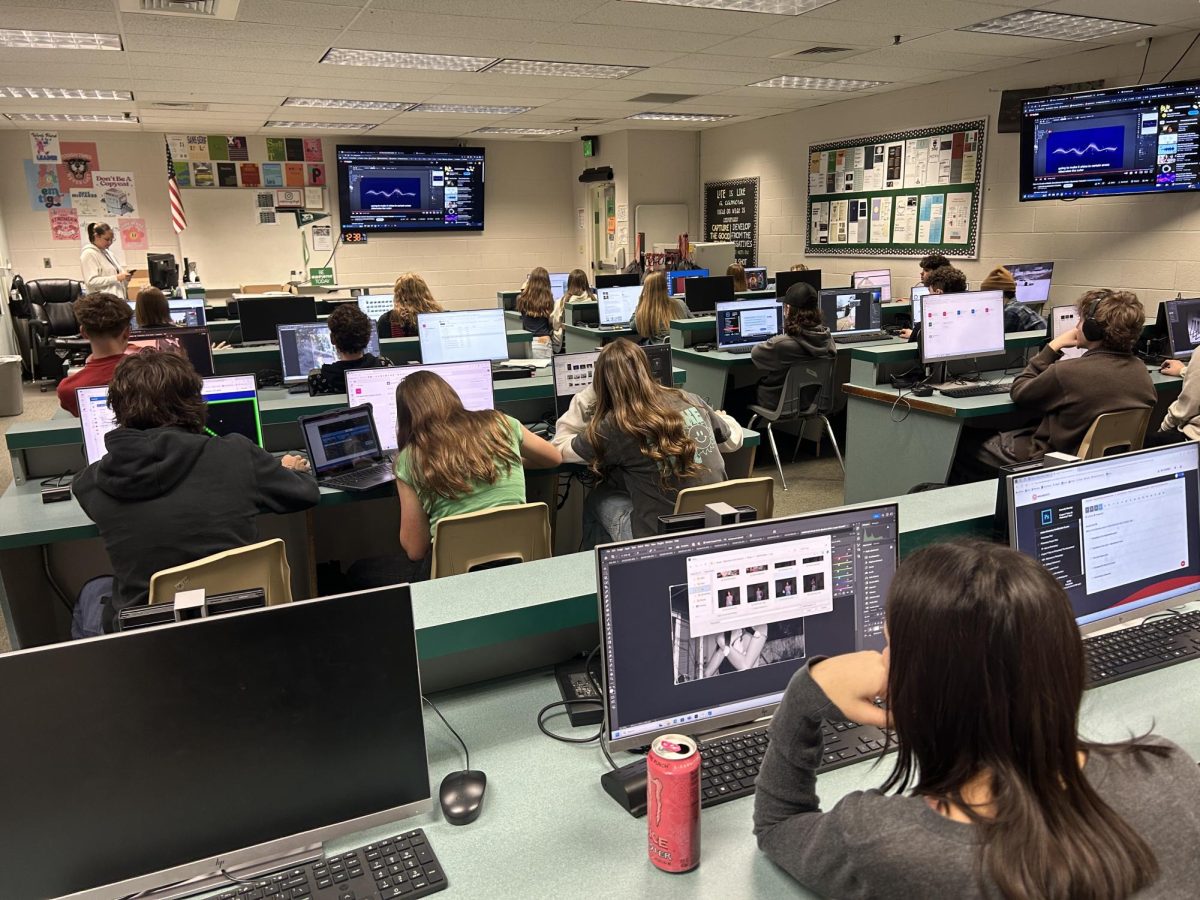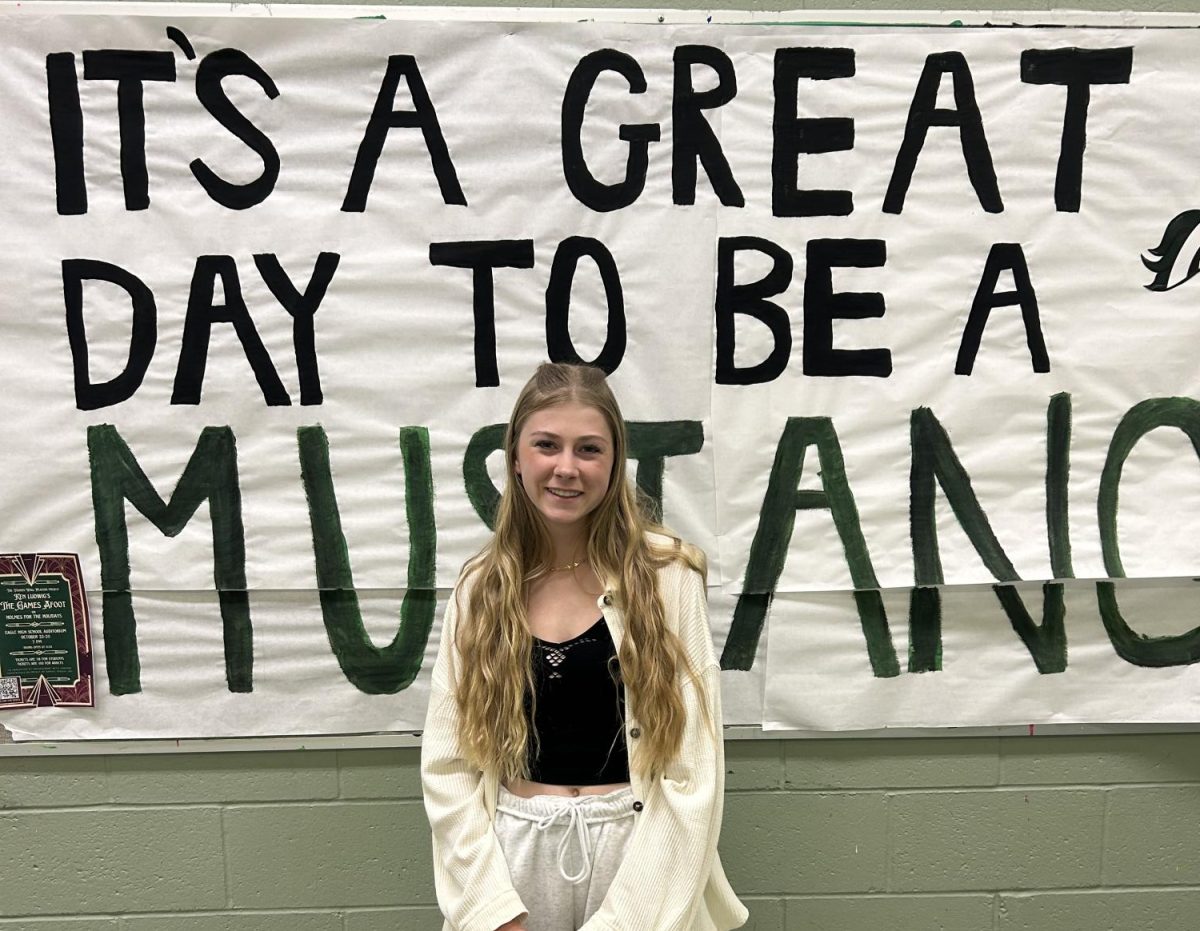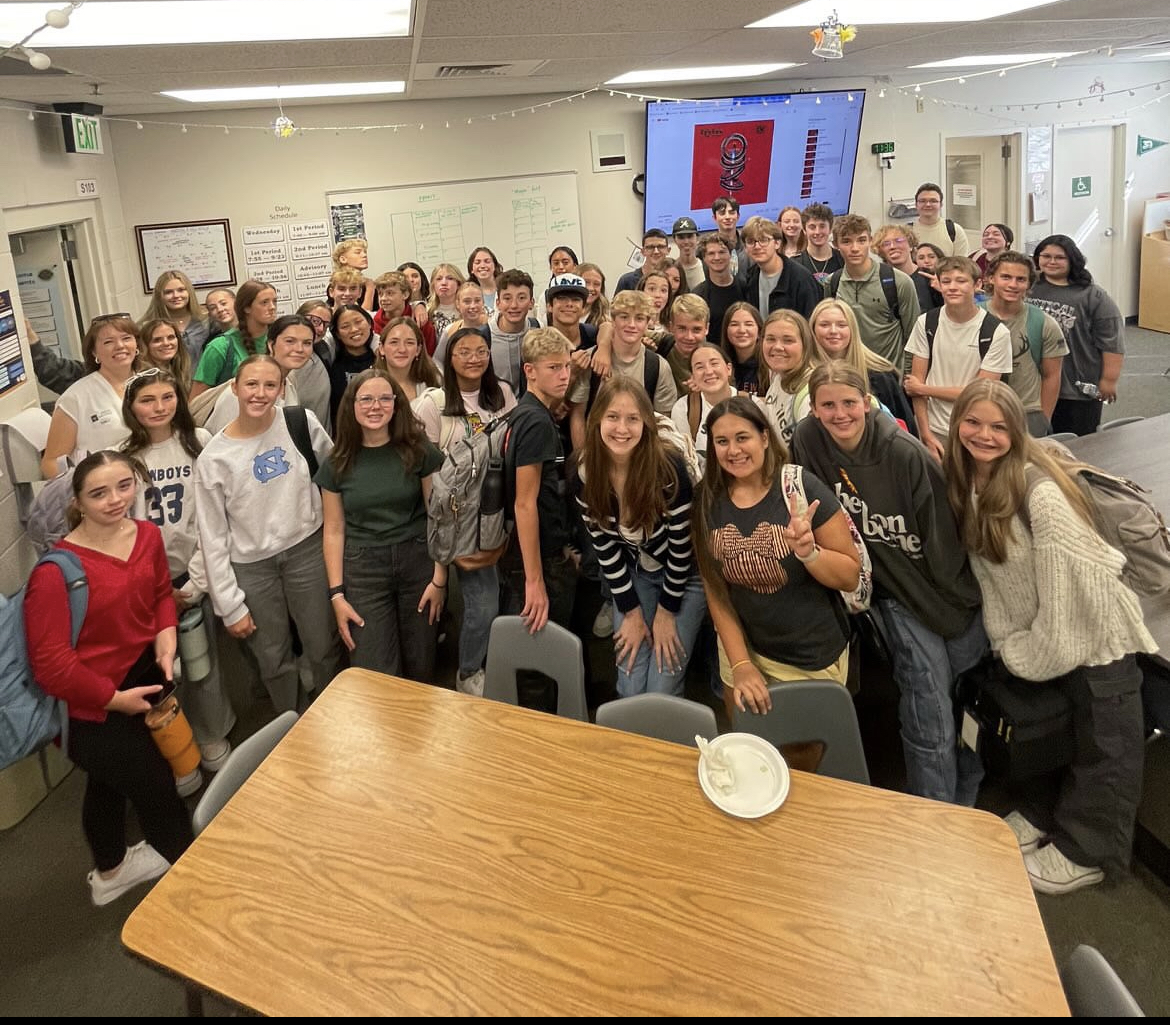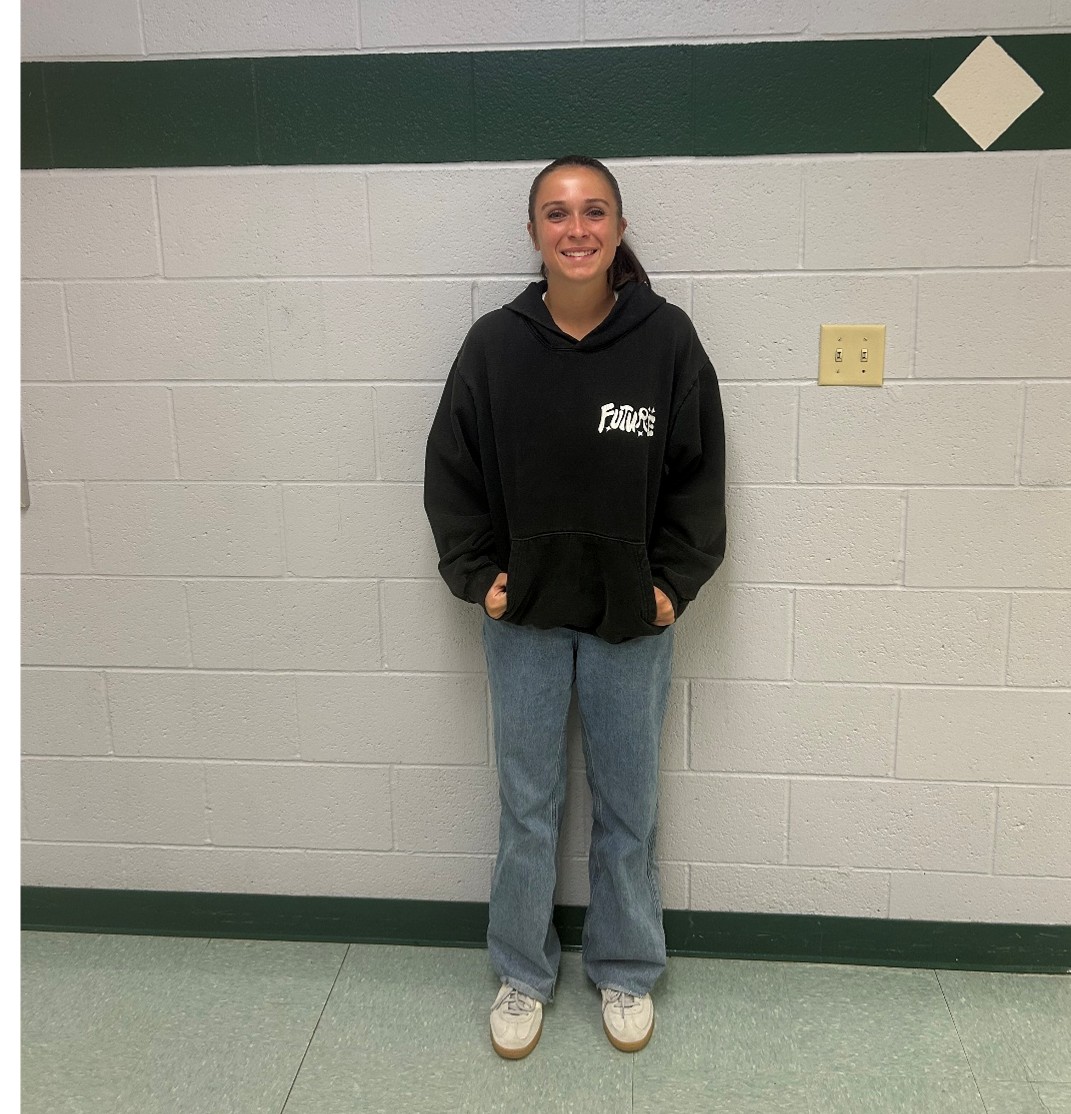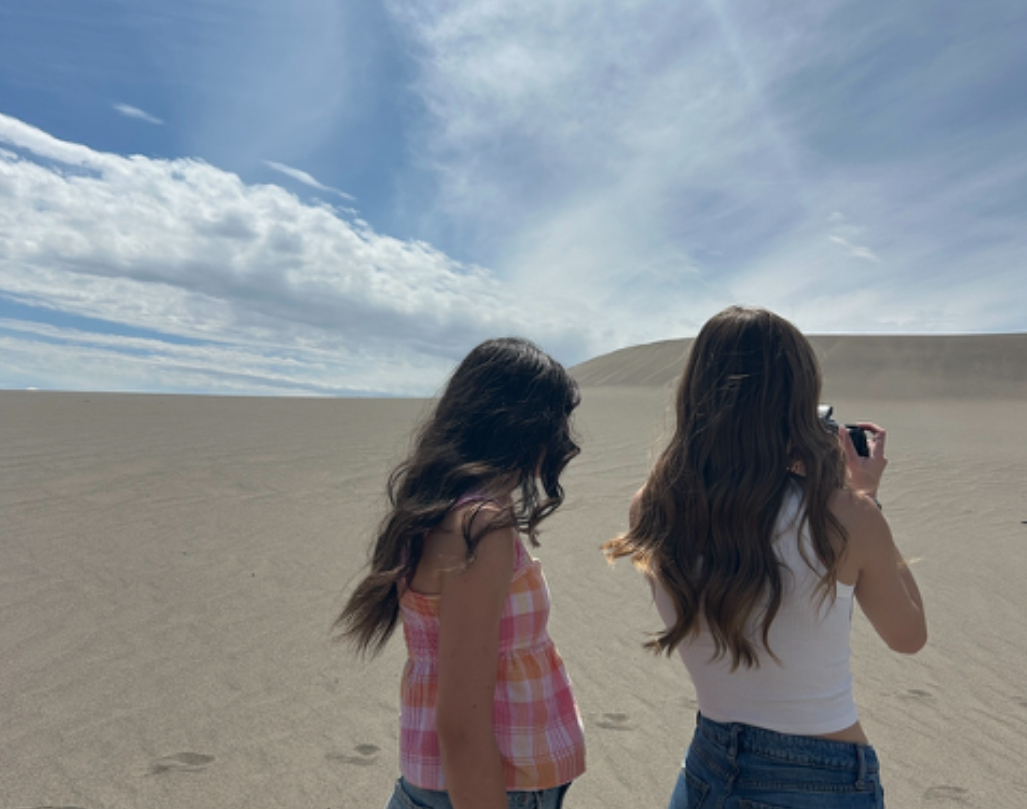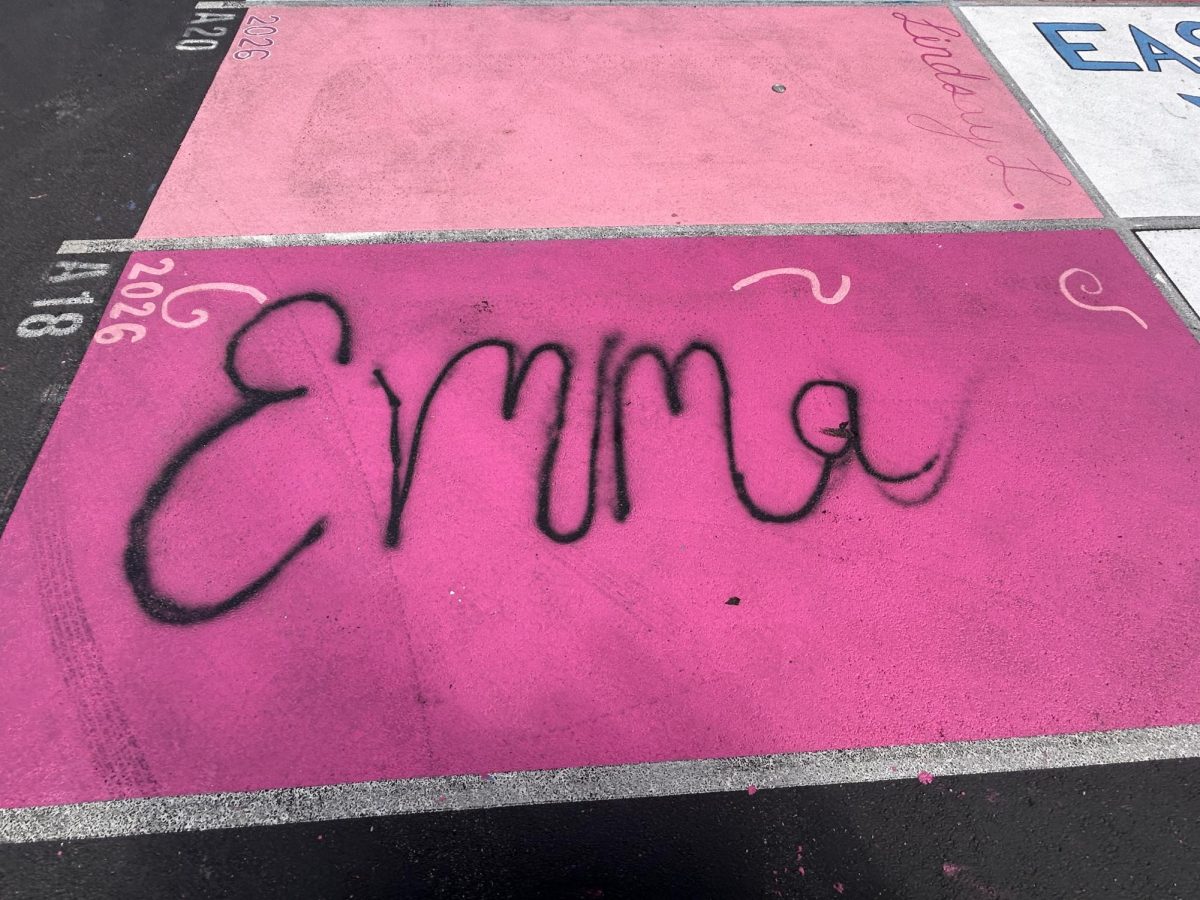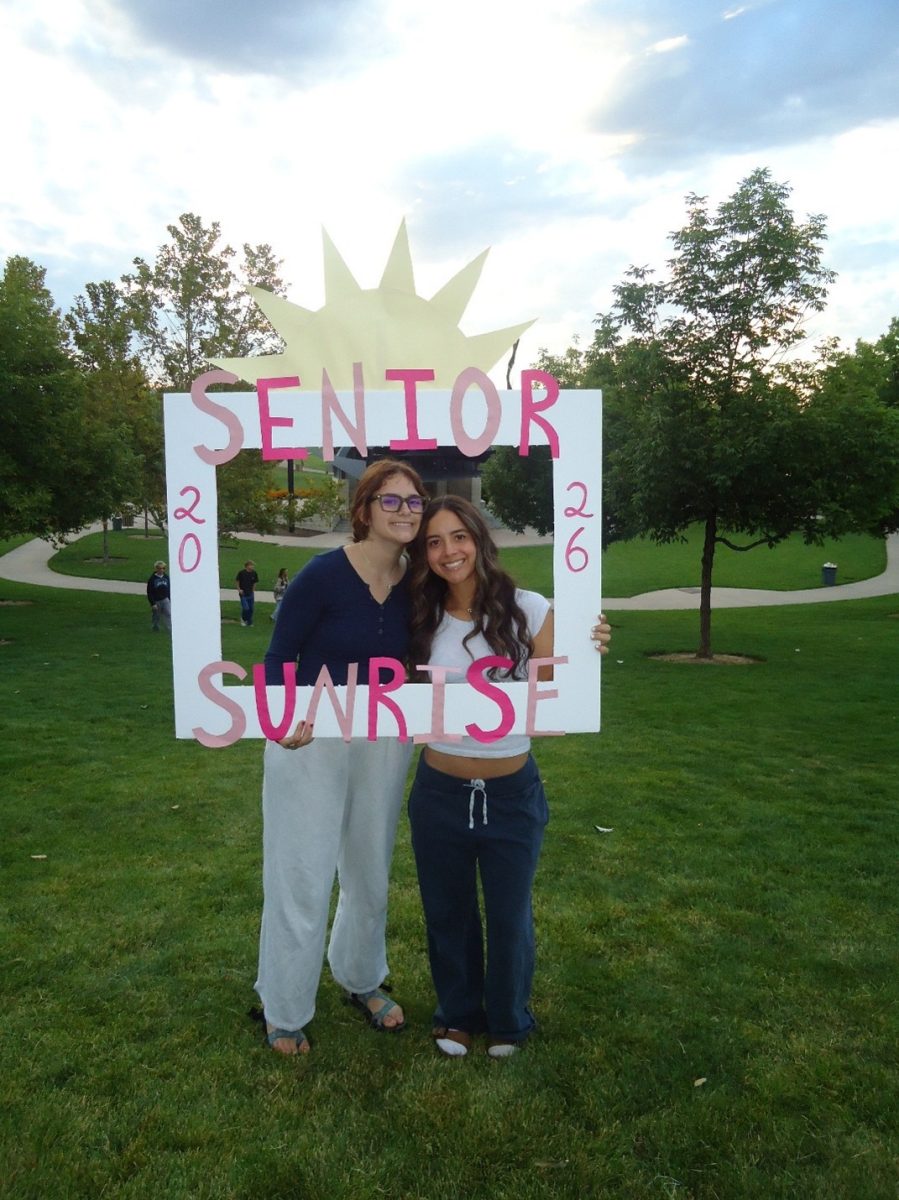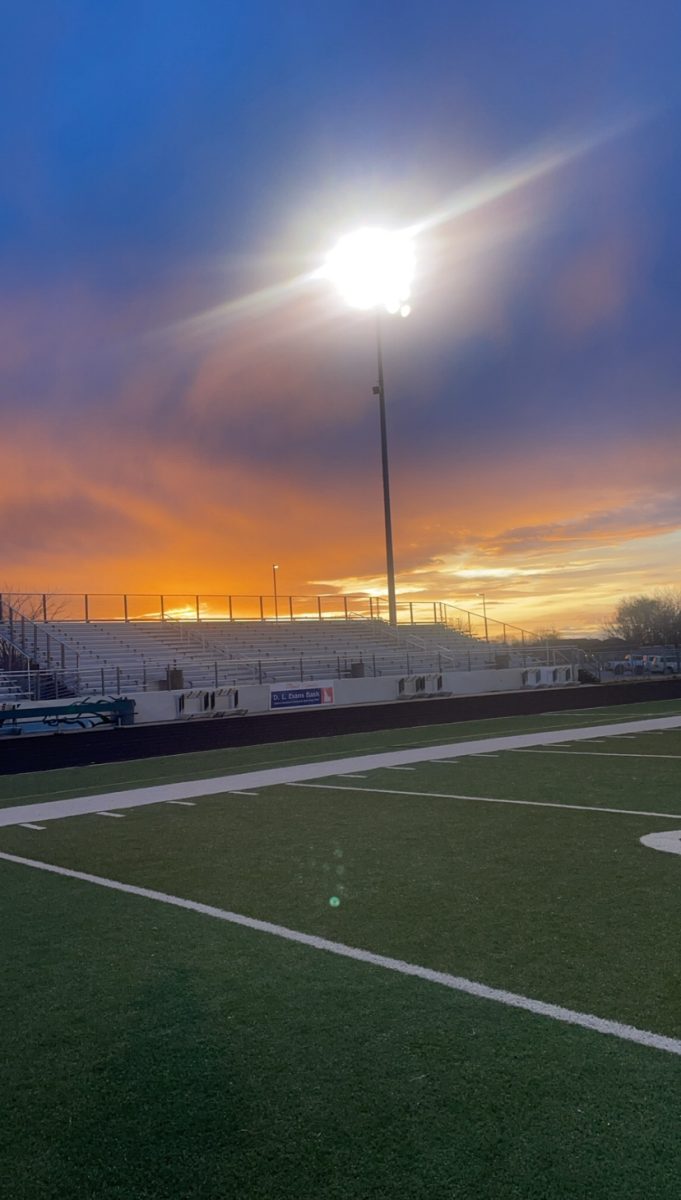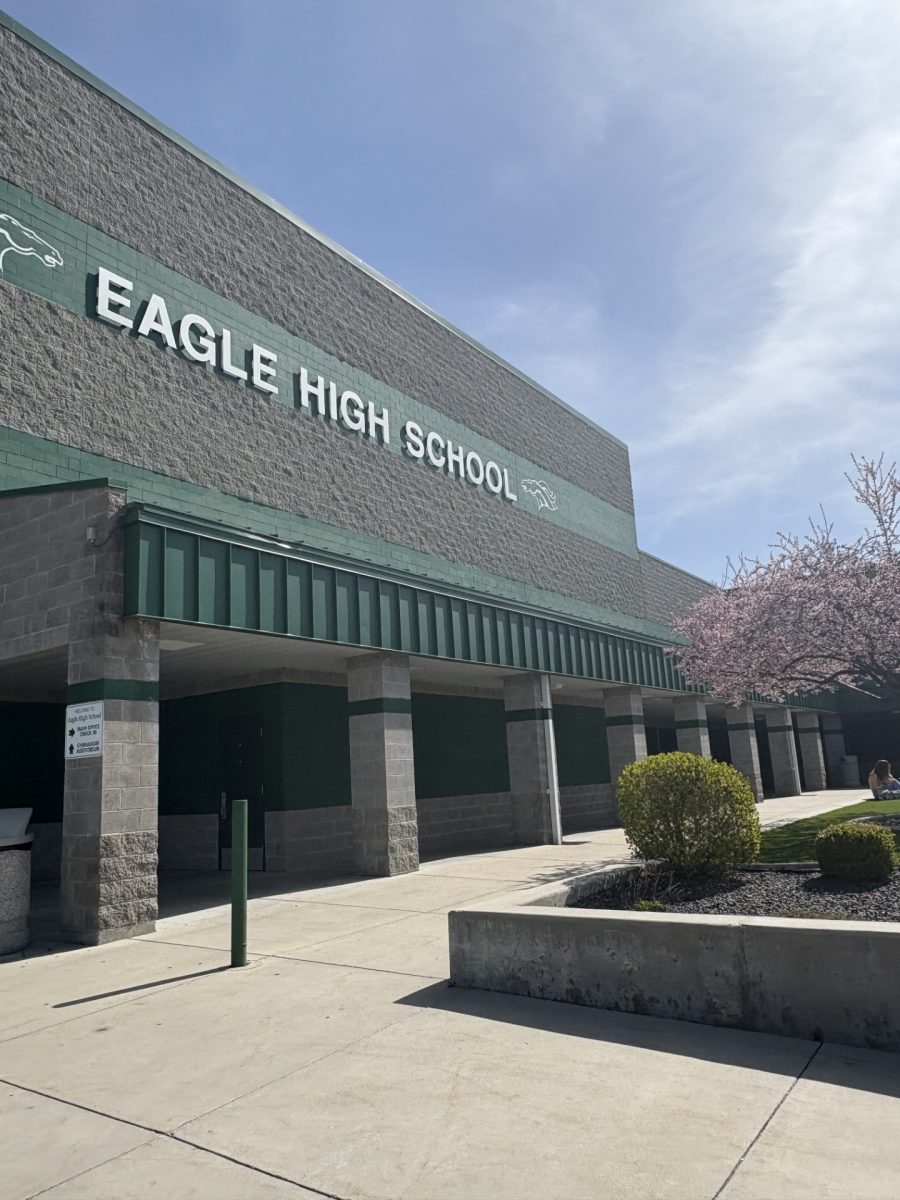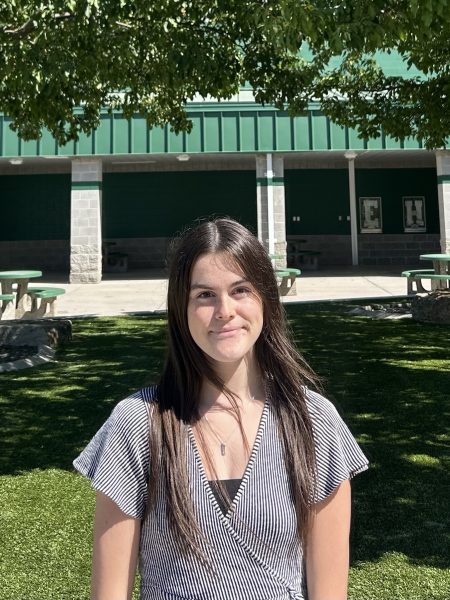Every year, many countries implement Daylights Savings Time, including the United States. Hawaii and Arizona are the only two states who do not use it. Daylight Savings time is when the sun sets about one hour later, whereas in the winter, time falls back, and the sun sets one hour earlier. Daylights Savings time is also referred to as “Spring Forward.” When it ends, it can be referred to as “Fall Back”. It is implemented to match the daylight hours when people are awake, and to save on energy costs.
Many students have specific opinions about falling back or springing forward. Some like the idea of the sun setting earlier and others like the sun setting later, but others wonder if Daylights Savings time should or should not happen. There is typically a preference of springing forward because of the extra hour of sunlight.
“I prefer when the sun sets later in the summer because you can stay out later and it’s still bright,” said junior Marley Chinapen. Many students appreciate the extra hour during summer due to it extending their curfew or it allows for more activities to take place with another hour of daylight.
“I prefer the sun setting later because it is not as depressing and it feels like summer, along with warmer weather,” said senior Keira Adrian. Students also like Daylight Savings Time because it usually includes warmer weather.
When Daylights Savings Time ends, a lot of students become less tired due to losing an hour of sunlight. But when time springs forward in March, students will feel the day go by slower because of the extra hour of sunlight. When students arrive at school it will still be dark outside in the morning and then by the time students are out of school it will be light outside until around 9:00 p.m.
At Eagle High, most students prefer daylights savings time starting because of the extra hours of daylight, summer starting and warmer weather. Students look forward to summer break and having more hours of daylight.

